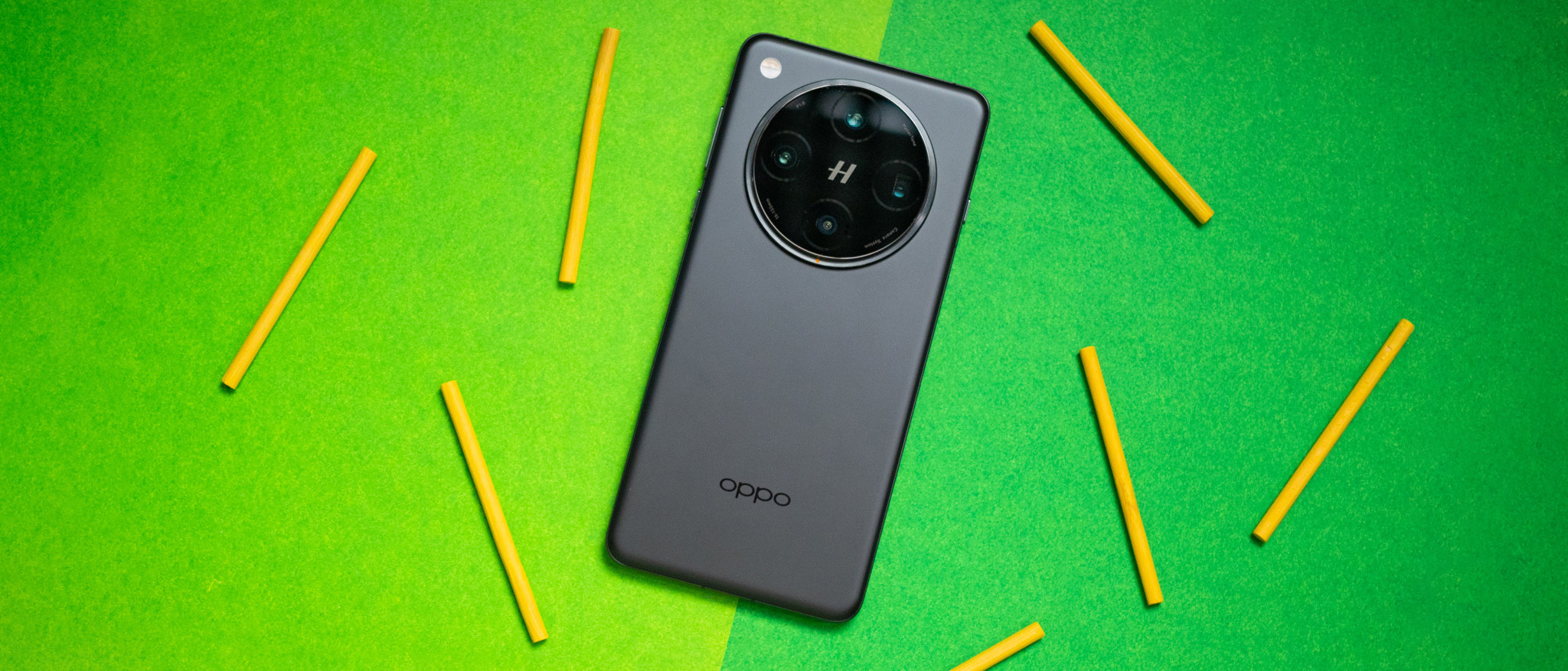Android Central Verdict
The Find X8 Pro is proof that OPPO can roll out a phone to outmatch Samsung. The phone has top-notch hardware, a massive 5910mAh silicon battery that lasts two days, extensive customizability, and a vibrant AMOLED panel. The cameras at the back are among the best I've ever used, and only the Find X7 Ultra and Vivo X100 Ultra can boast a better main camera than what you're getting here. Combine all of that with a design that's thinner and lighter than its rivals, and you get an all-round package that's worthy of your attention.
Pros
- +
Groundbreaking cameras
- +
Powerful MediaTek hardware
- +
Good software customizability and Android 15 out of the box
- +
Class-leading battery life with ultra-fast charging
- +
IP69 ingress protection
Cons
- -
Gaming is still hobbled
- -
ColorOS 15 has its share of frustrations
- -
Not launching in North America
Why you can trust Android Central
I thoroughly enjoyed using the Find X7 Ultra earlier this year, and the only reason I still don't use the phone as my daily driver is that the Chinese-flavored ColorOS software is a little too limiting. Ignoring that, the device is terrific; it has arguably the best design of the year, one of the best camera and hardware packages, and industry-leading charging tech.
So it was annoying to see that OPPO limited the Find X7 Ultra to China, with the brand curtailing a global launch. Thankfully, it's making amends with the Find X8 and X8 Pro; both models are now available globally, and are on sale in key markets like the U.K. and India.
That in itself is a big deal, and the fact that these devices are on sale globally makes them much more accessible. There's plenty to like on the hardware side of things as well; the Find X8 is essentially the OnePlus 13 in all but name, and the X8 Pro contains one of the most versatile camera systems — it has dual telephoto modules.
Clearly, both phones have a lot to offer, and in this review, I'm focusing my attention on the Find X8 Pro. I used the phone for just over a week now, and while the main camera isn't quite as good as the Find X7 Ultra, the rest of the device holds up just as well, and that's great news for OPPO's global ambitions.
OPPO Find X8 Pro: Pricing and availability
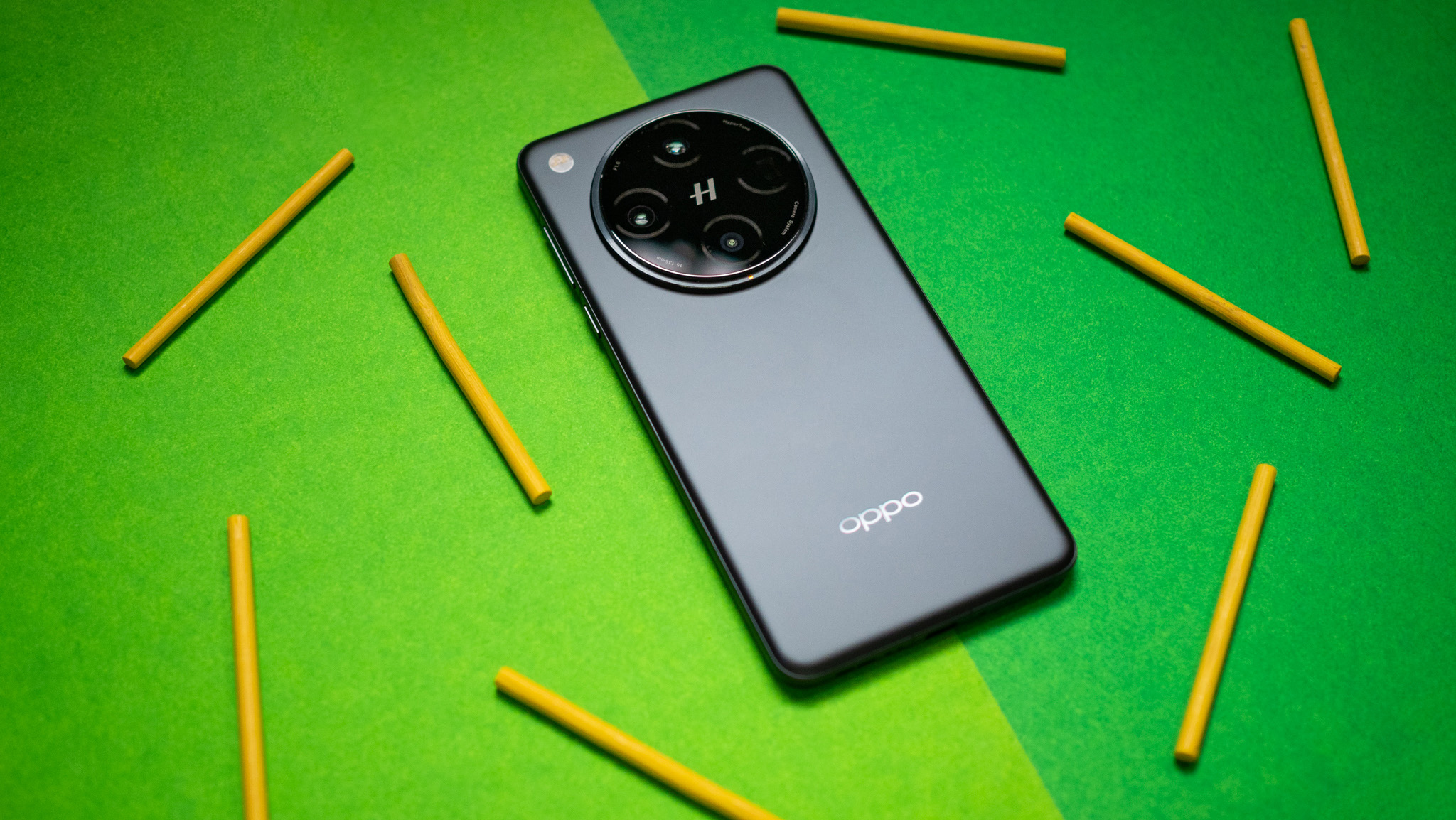
OPPO unveiled the Find X8 and X8 Pro in China on October 24, and both devices made their international debut at a launch event in Bali, Indonesia on November 21. The Find X8 is available in 12GB/256GB and 16GB/512GB variants, and the X8 Pro is sold in a single 16GB/512GB model globally. You can pick up the Find X8 in Star Grey, Space Black, and Shell Pink colors, with the X8 Pro available in Space Black and Pearl White options.
The Find X8 costs ₹69,999 ($830) in India and 13,999,000 IDR ($878) for the 12GB/256GB model and ₹79,999 ($947) in India and 15,999,000 IDR ($1,003) in Indonesia for the 16GB/512GB edition. The Find X8 Pro, meanwhile, retails at ₹99,999 ($1,185) in India and 19,999,000 IDR ($1,255) for the 16GB/512GB edition, and as always, OPPO is being aggressive in India as it's still trying to pick up market share in this segment.
OPPO Find X8 Pro: Design
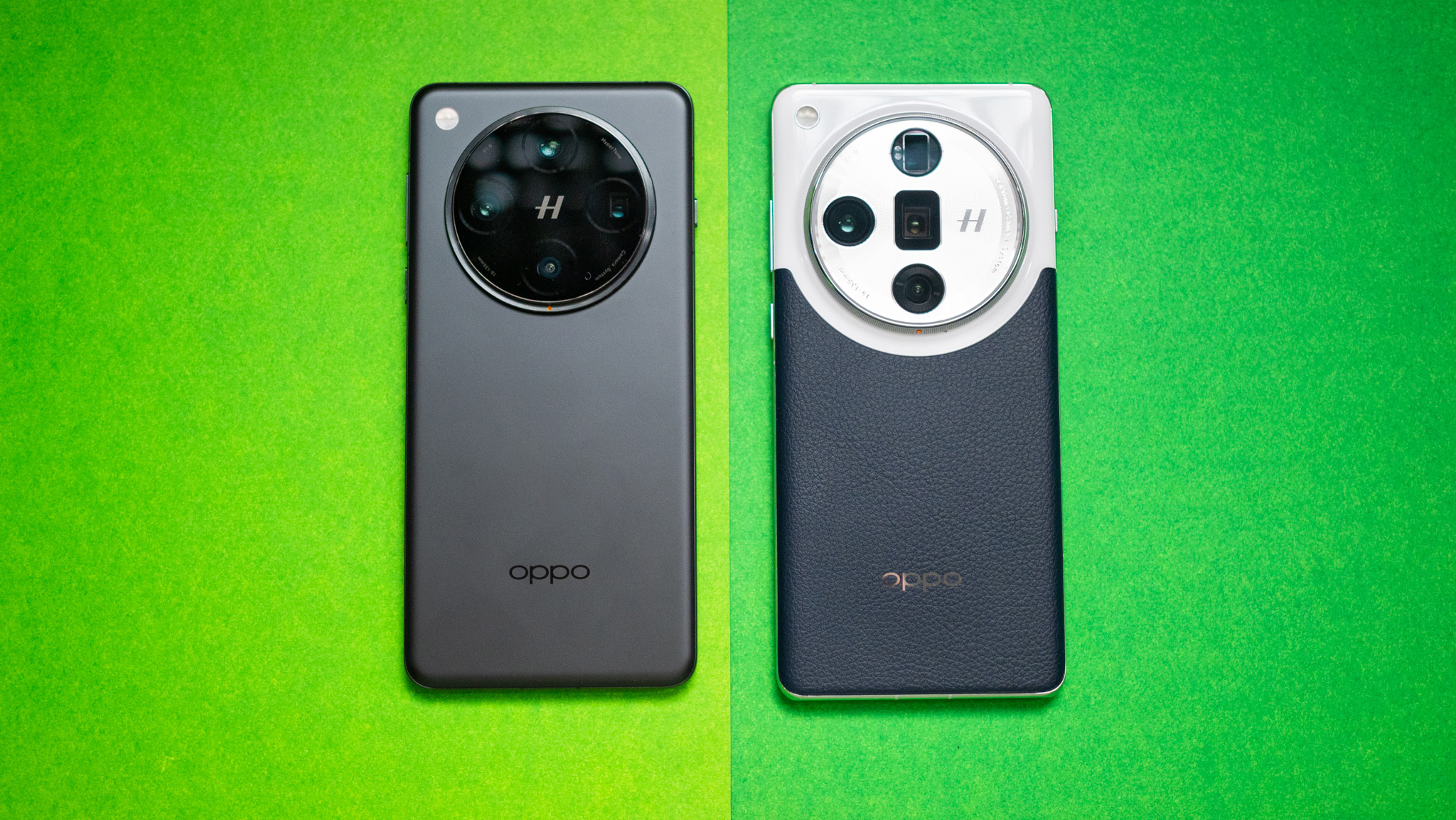
The Find X6 Pro and X7 Ultra maintained a similar design aesthetic with leather-backed variants, and it made the phones look distinctive. OPPO is switching things up with the Find X8 Pro, and the phone has flatter sides and a glass back with a silky finish. You still get a massive camera island, but the overall design doesn't stand out anywhere as much.
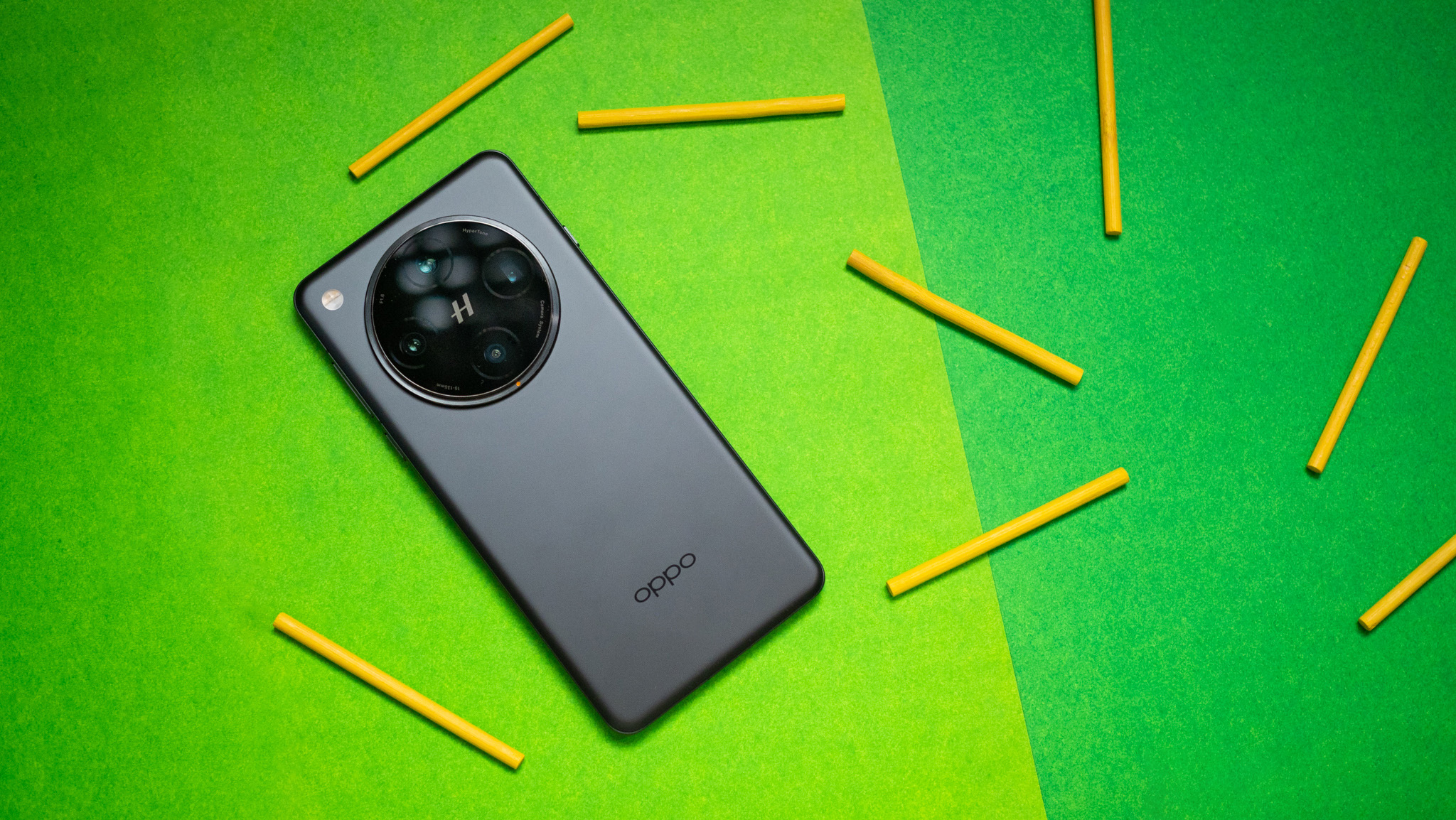
Having used the Find X7 Ultra extensively, I'm not a fan of the design of the X8 Pro; I think OPPO should have continued its existing design language. That said, the Find X8 Pro is 0.7mm thinner and 6g lighter than the X7 Ultra while featuring a massive 5910mAh battery (910mAh bigger than the unit on the X7 Ultra), so while the design may not be as exciting, it is easier to hold and use the device.
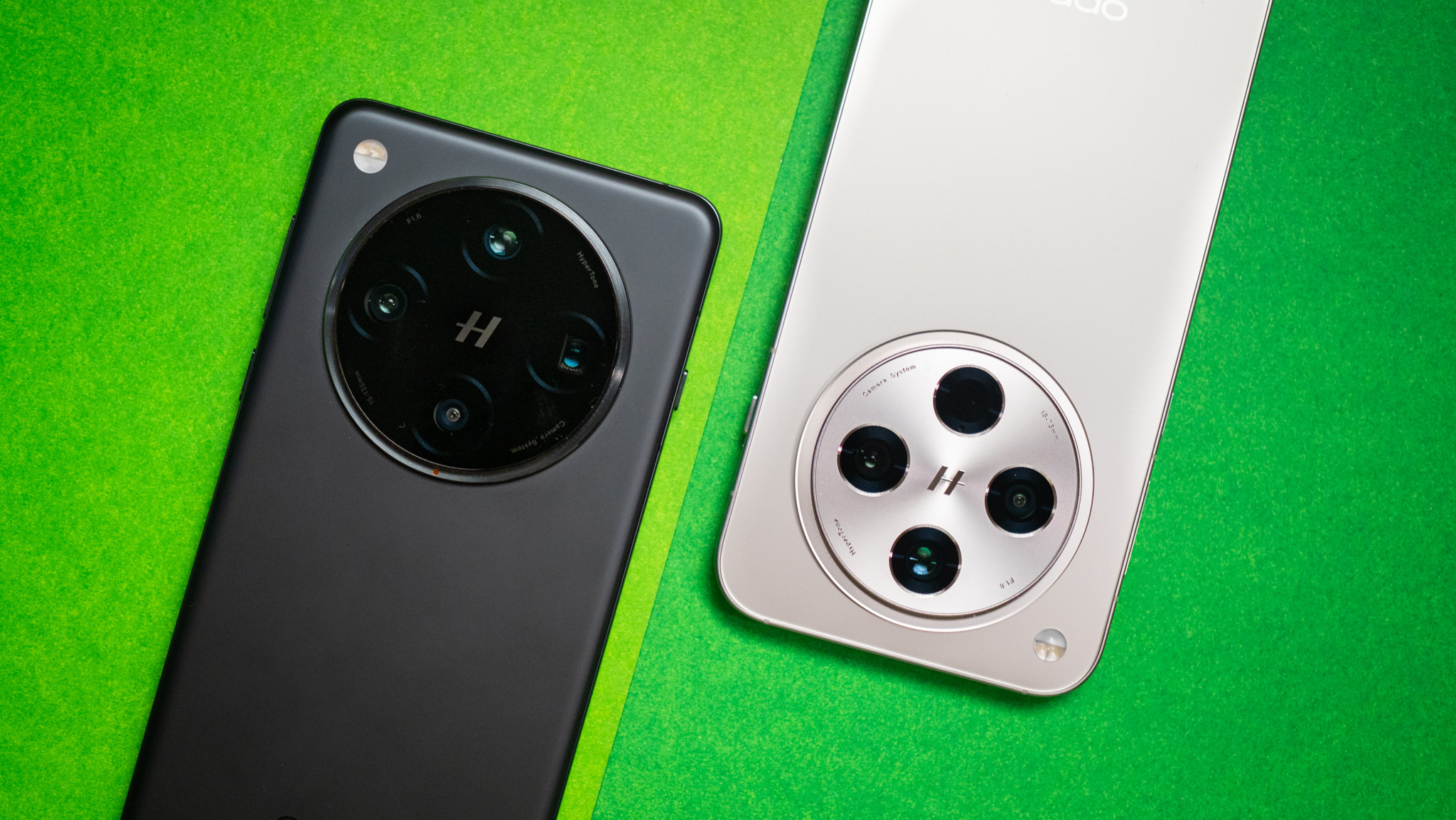
While it has flat sides, the beveled edges and subtle curves at the back ensure the Find X8 Pro is comfortable to hold, and I didn't have any issues in this area. The sides have a coated texture that mimics soft-touch plastic, but the mid-frame itself is made out of metal, and it is resilient against tumbles. The device slid right off a table twice in the week I used it, and thankfully, it came away unscathed both times.
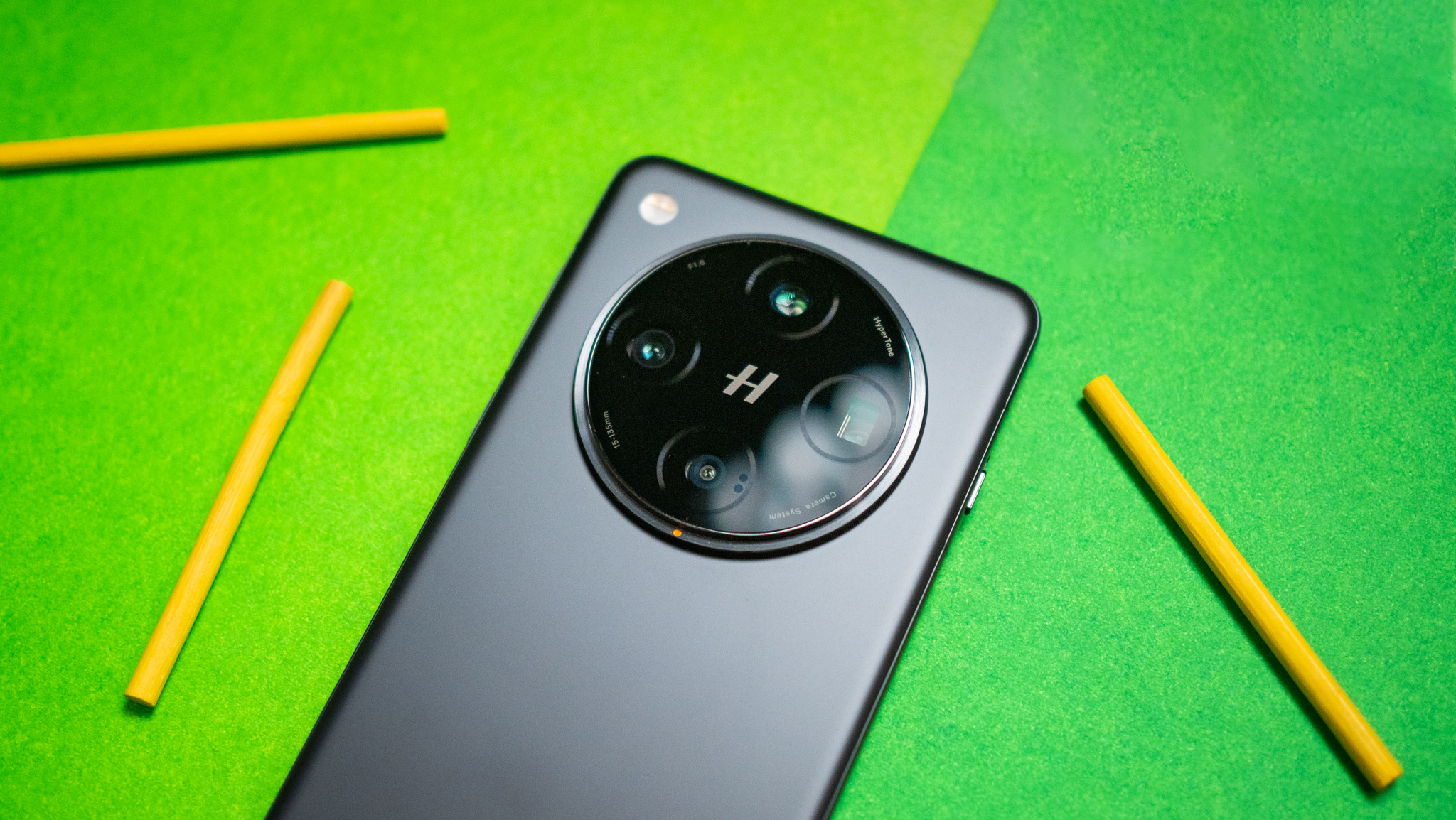
The camera island dominates the back of the phone, and like the last two years, there's a textured ring that sits underneath the housing, differentiating the design. The quartet of cameras is arranged symmetrically within the housing, with a stylized Hasselblad logo located in the middle. The camera housing doesn't protrude too much from the chassis, and there's no noticeable wobble when using the phone on a table.
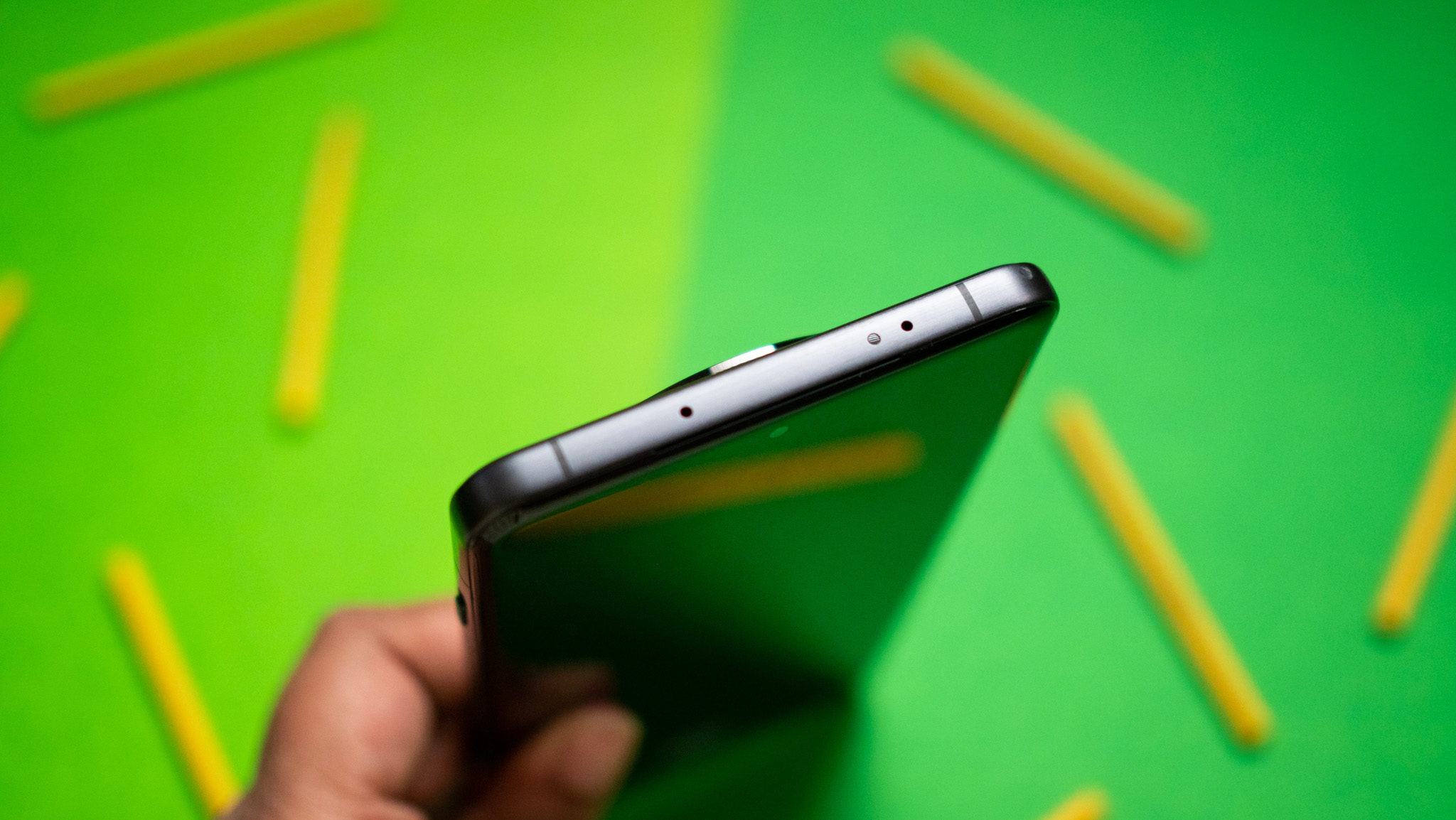
Although you get a massive battery and sizeable cameras at the back, the Find X8 Pro doesn't feel heavy or unwieldy in the least; weight distribution is ideal, and you get a great in-hand feel. The only usability issue I have with the phone is that the in-screen optical reader sits too low on the screen, making it awkward to unlock the device one-handed. This isn't a new issue on OPPO devices either, and if anything, the fingerprint sensor is even lower this time around.
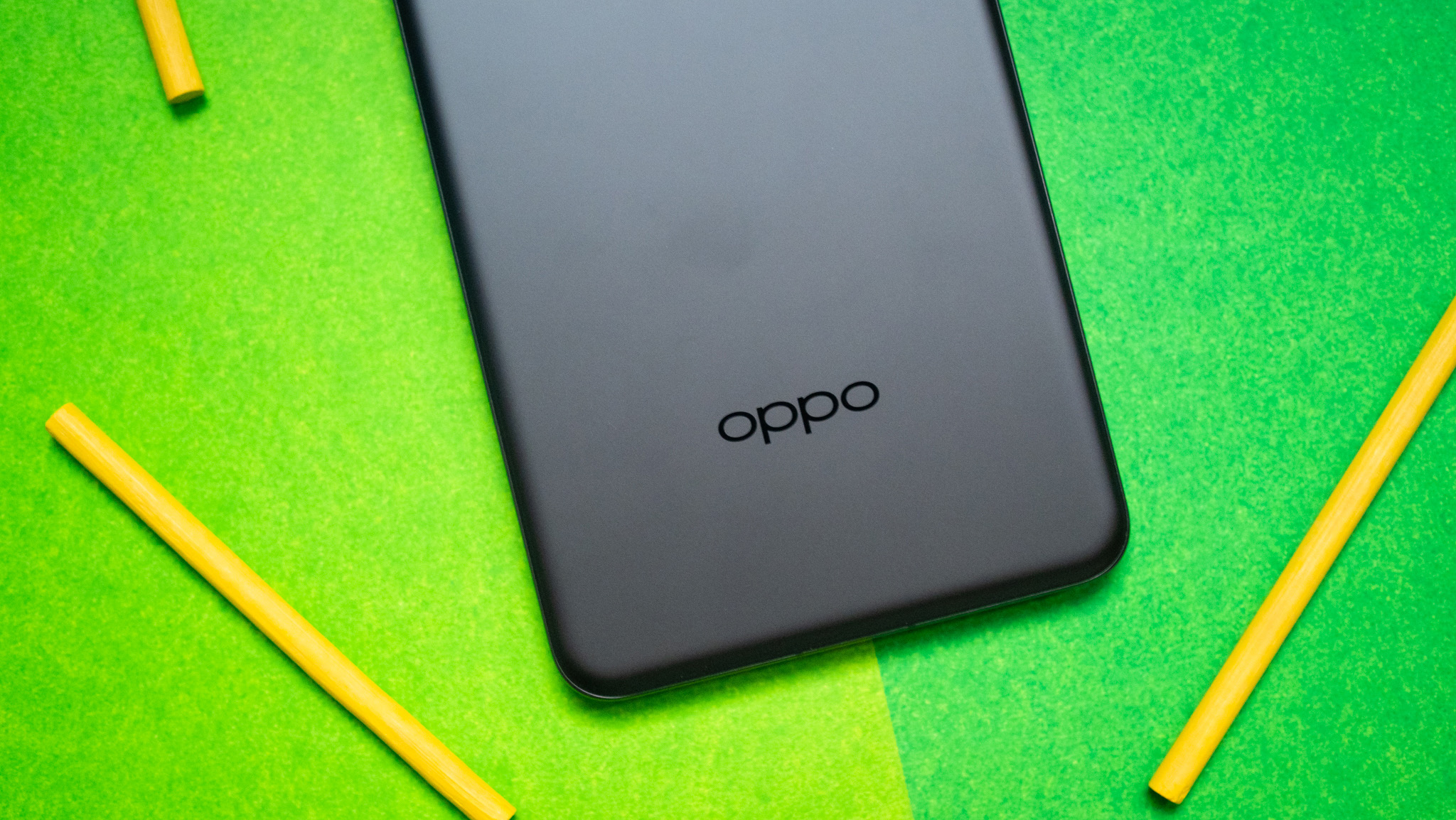
You only get two color choices of the Find X8 Pro globally — Space Black and Pearl White — and I'd recommend going with the latter. The black model just doesn't have the same level of excitement, and even if you put the phone in a case, you'll want a design that stands out in this category.
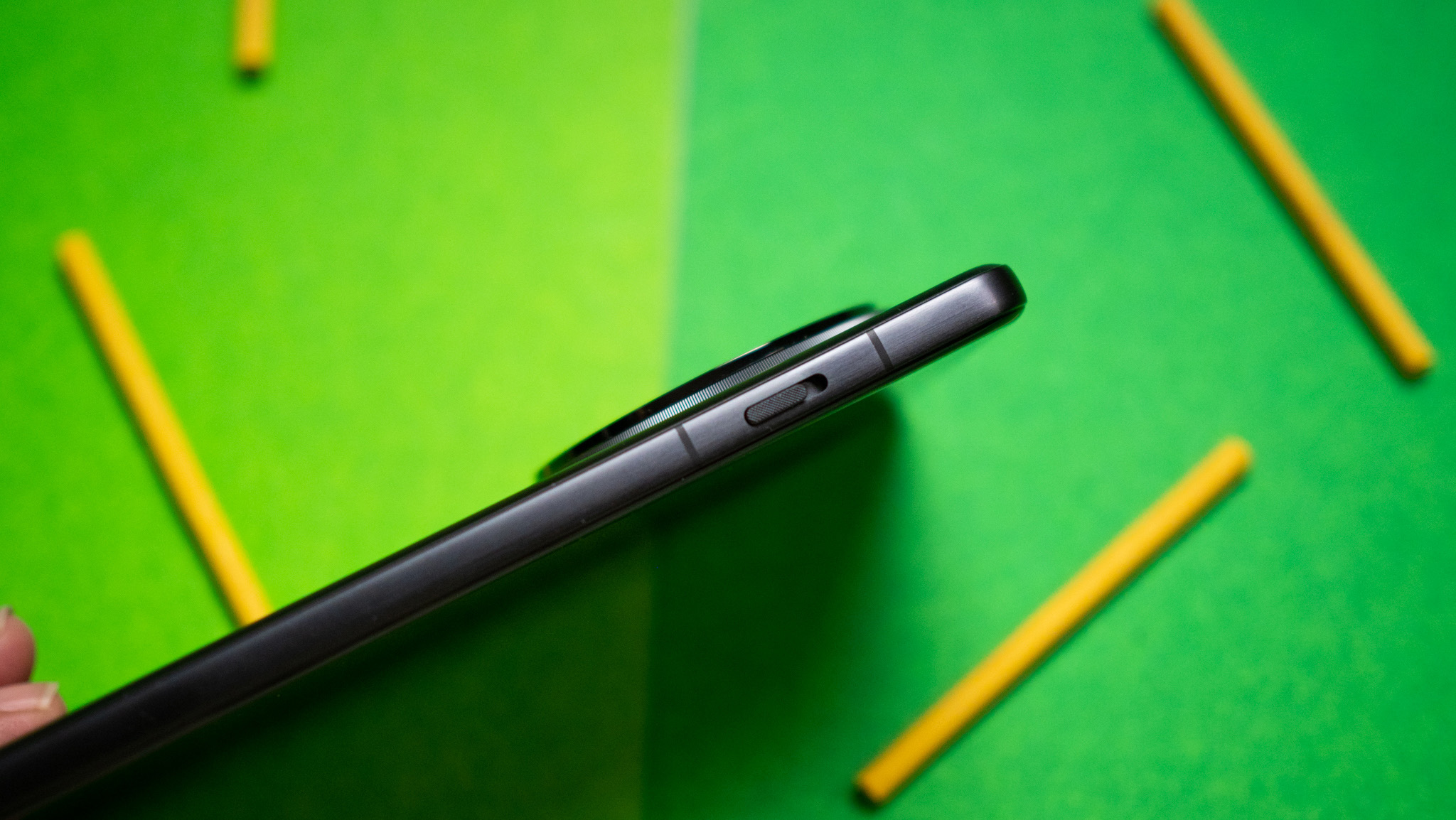
Mainstays like the alert slider are intact, and you can easily toggle between ring, vibrant, and silent modes. This is a necessary feature on the Find X8 Pro, as the usual DND mode within the software is needlessly convoluted, but more on that later. You still get an IR blaster as well, and the SIM card tray sits at the bottom, and can take in two SIM cards. Yes, eSIM is available globally in addition to the traditional SIM card slots.
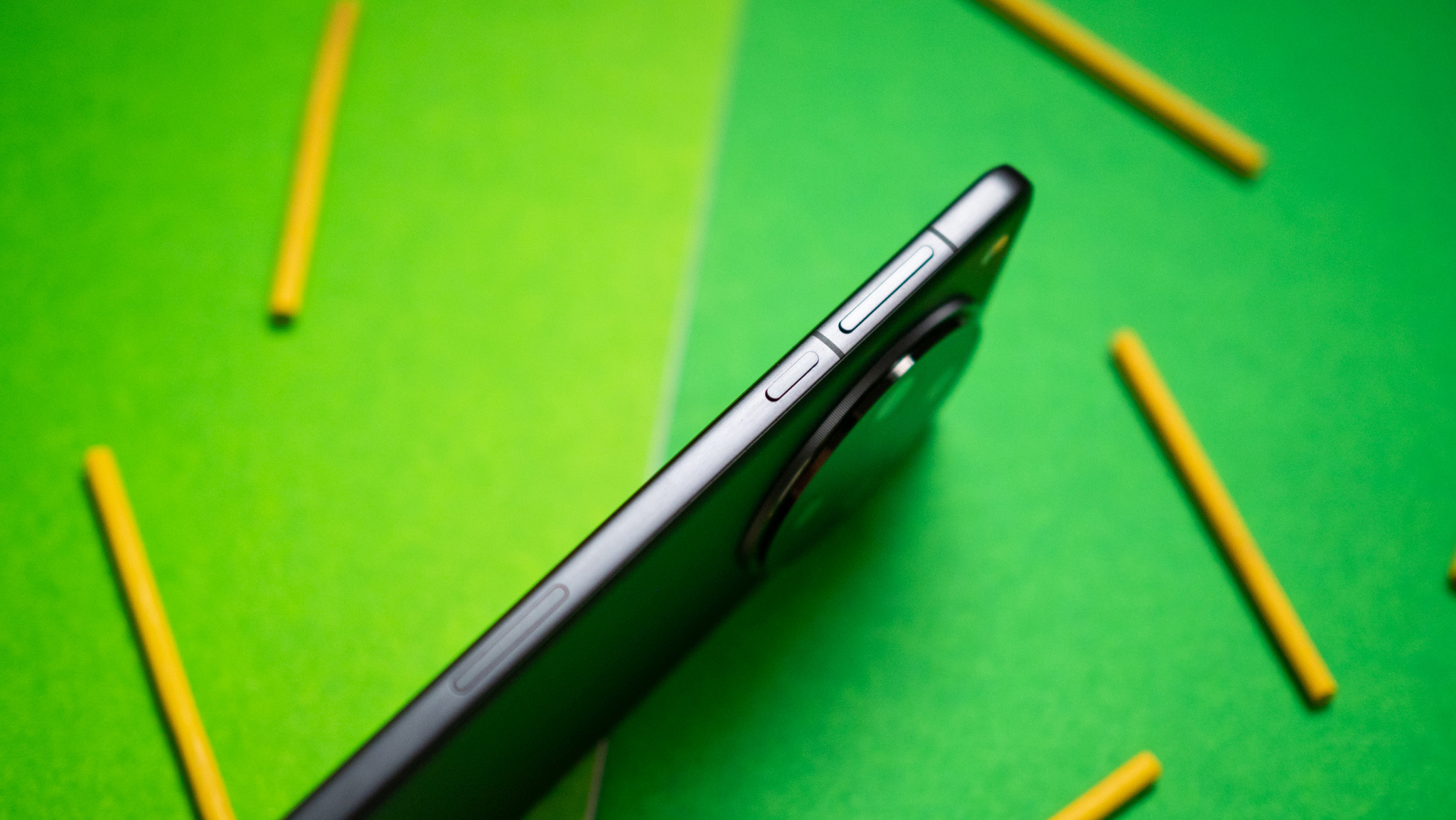
What's new this time is the introduction of a dedicated button to launch the camera and take photos. Similar to Camera Control on the iPhone 16 Pro Max, the button on the Find X8 Pro lets you launch the camera with a double press, and you can use it as a shutter button. It sits flush with the chassis and isn't noticeable, and you can use swipe actions to adjust the zoom level. It isn't a button technically as it uses the vibration motor, but you get decent feedback.
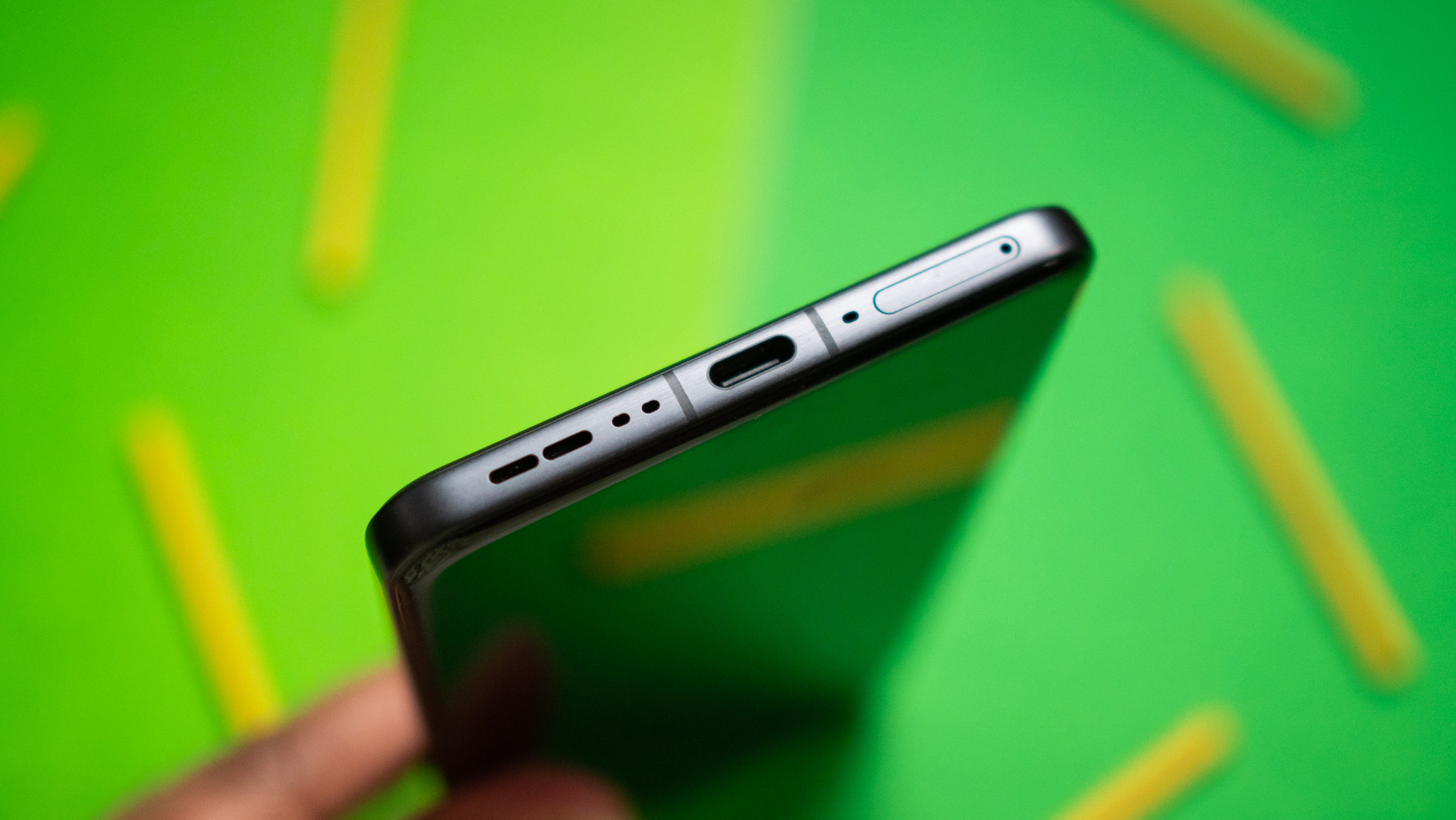
I found the positioning of this button to be more convenient than Camera Control on the iPhone, and you can adjust the pressure sensitivity so it doesn't trigger accidentally. If you don't like the button, you can disable it entirely. Rounding out the design, the Find X8 Pro gets IP69 ingress protection, which is the highest tier available. In addition to submersion in up to 1.5 meters of water, the device is resilient against water jets, making it immune to any weather condition.
OPPO Find X8 Pro: Display
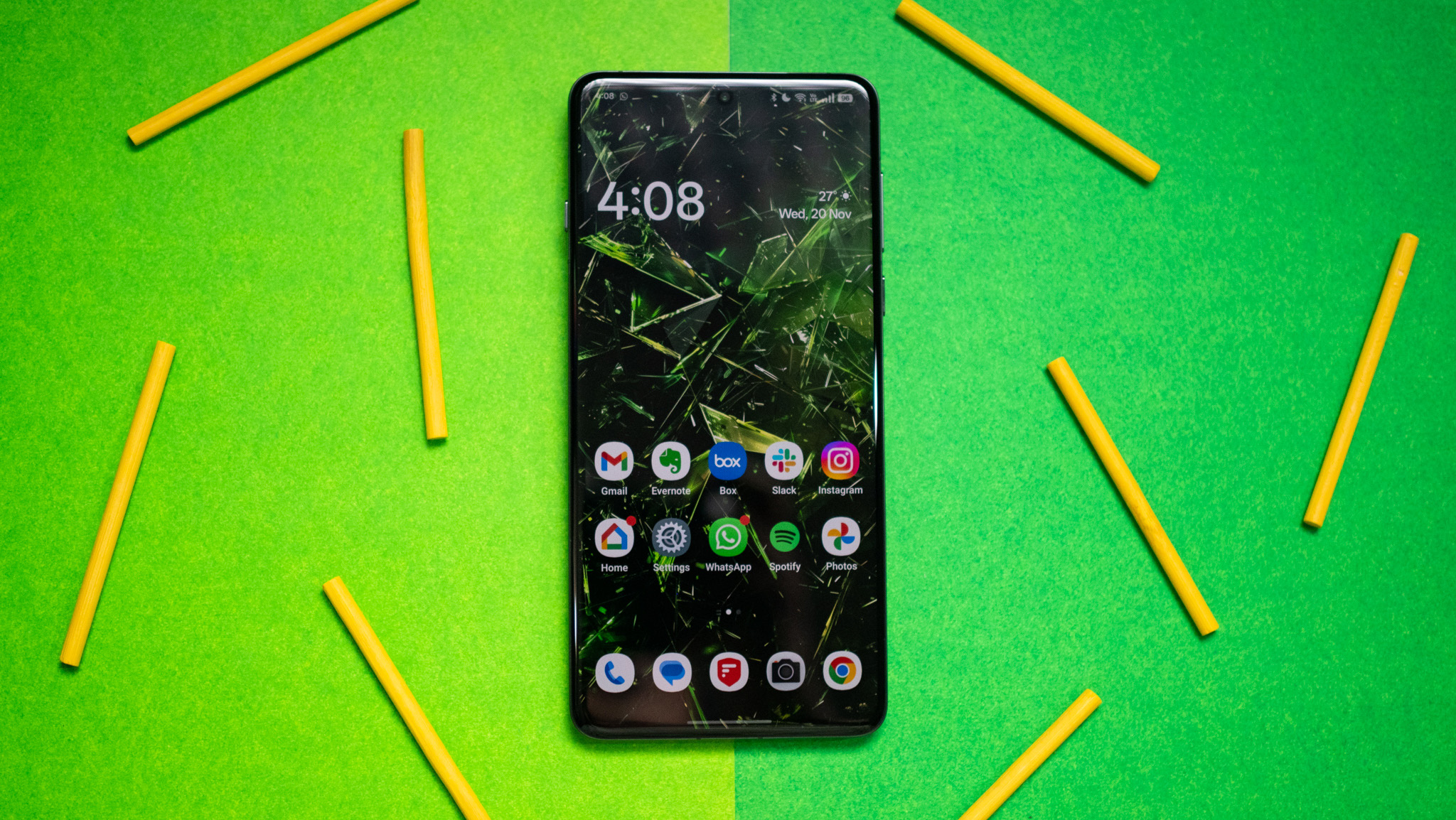
Just like its predecessor, the Find X8 Pro uses a 120Hz AMOLED panel made by BOE, albeit one that's slightly smaller at 6.78 inches. It has the same brightness figures, going up to 1600 nits in HBM mode and 4500 nits in HDR content, and you get Dolby Vision and HDR10+ integration.
Colors and contrast levels are excellent, and similar to previous years, you get decent customizability in tweaking the color balance to your preferences. There's an eye comfort mode that does a decent enough job switching the panel to warmer hues, and you can tailor colors based on ambient light.
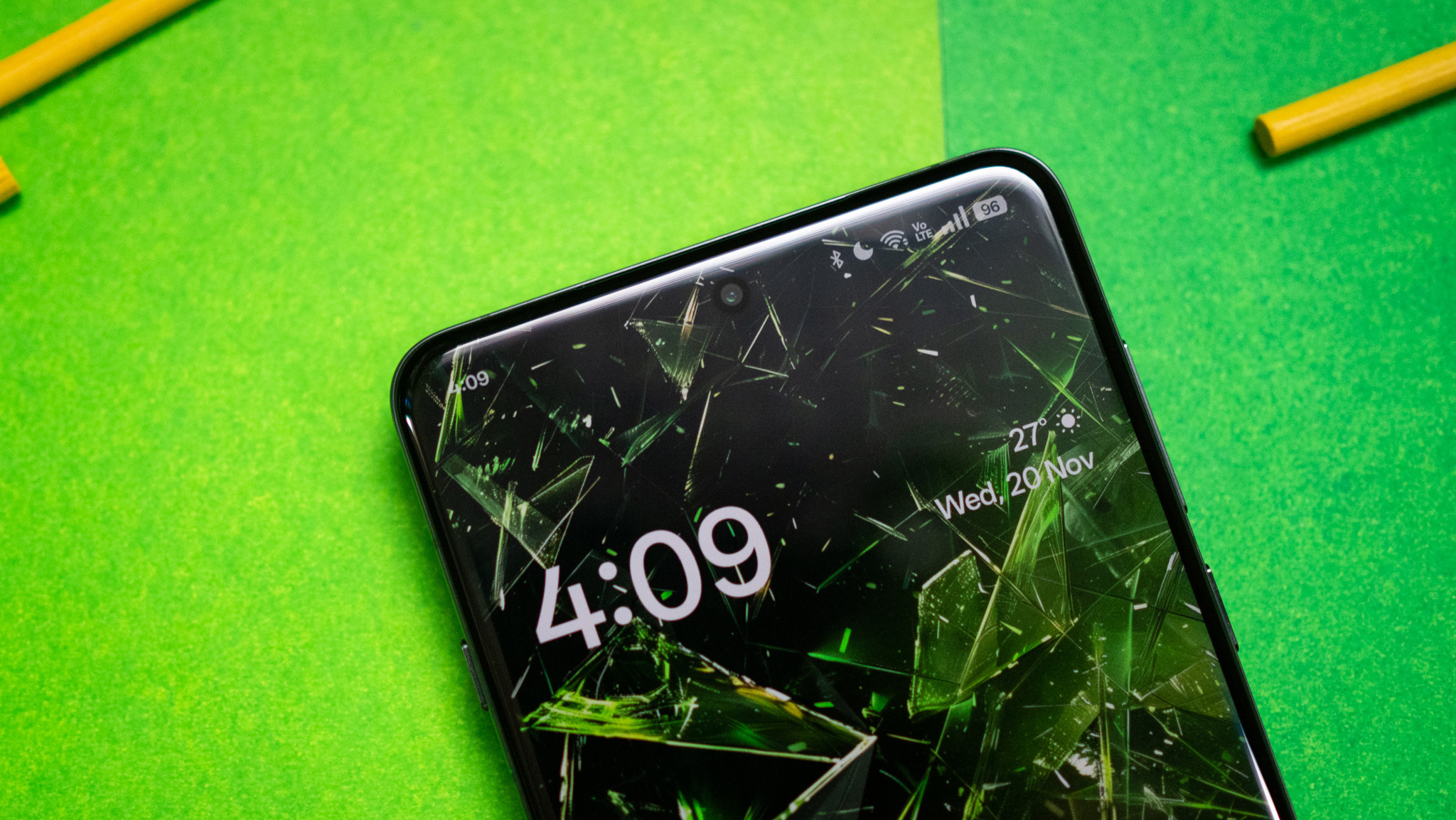
What's interesting is that the bezels are uniform, and at just 1.9mm, they're thinner than previous years. The ultra-thin bezels make using the device that much more immersive when streaming content, and on that note, I didn't see any issues with HDR content in general.
Gaming is similarly enjoyable, and but the biggest issue is that games are still restricted to 60fps. This has been a constant annoyance in the past, and while I was holding out for OPPO to change its strategy with ColorOS 15, that hasn't materialized. Notably, the X8 Pro has 2160Hz PWM dimming, while the regular model gets 3840Hz dimming, so if you're sensitive to PWM flicker, the standard Find X8 is the way to go.
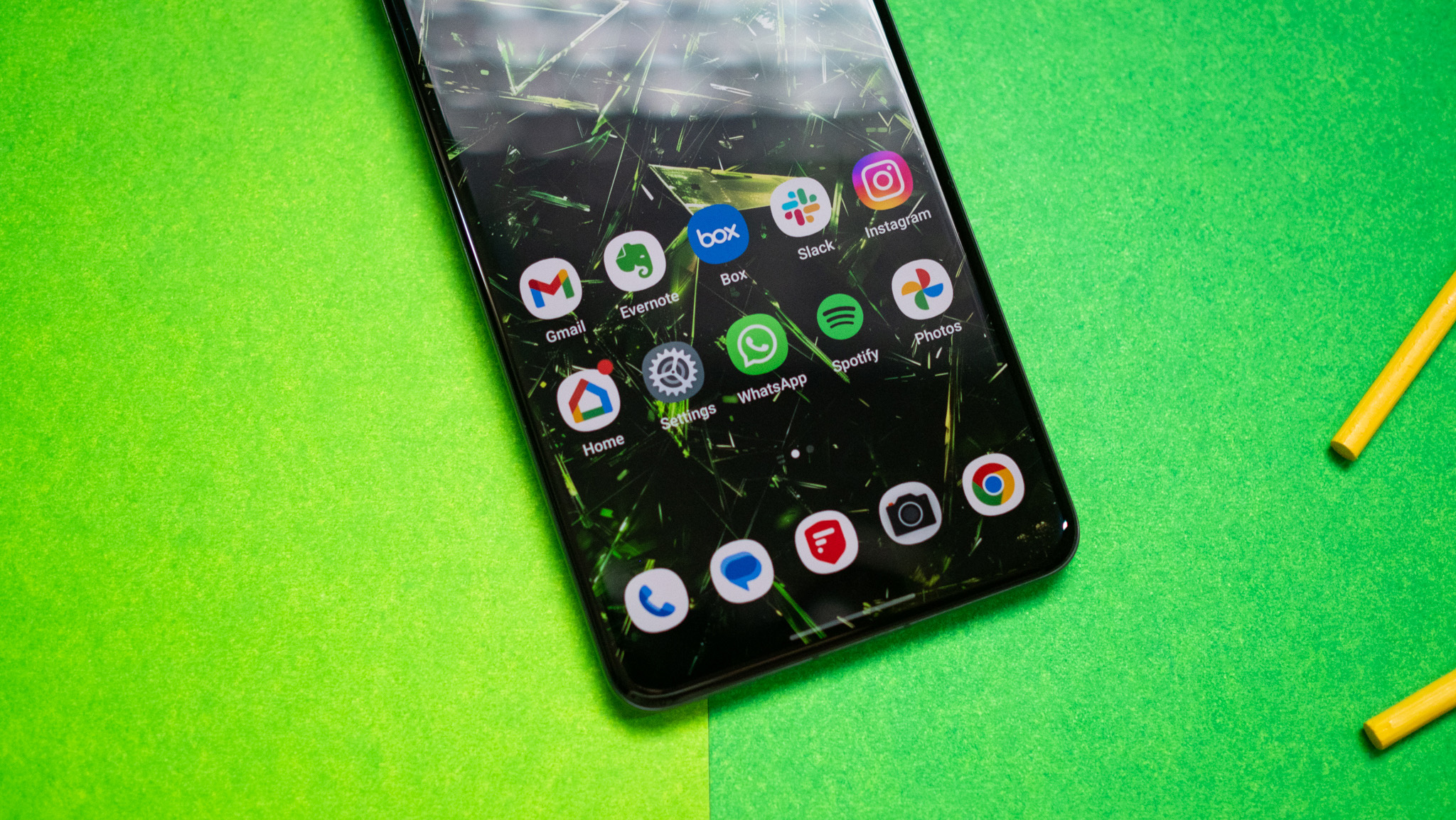
Another drawback is that the device doesn't quite as bright as its rivals. Yes, the touted figures are among the highest, but in actual use, the Find X8 Pro doesn't get close to the Pixel 9 Pro XL or the Honor Magic 6 Pro. I didn't have any issues using the screen under harsh sunlight, but the panel just doesn't deliver in this area.
OPPO Find X8 Pro: Performance
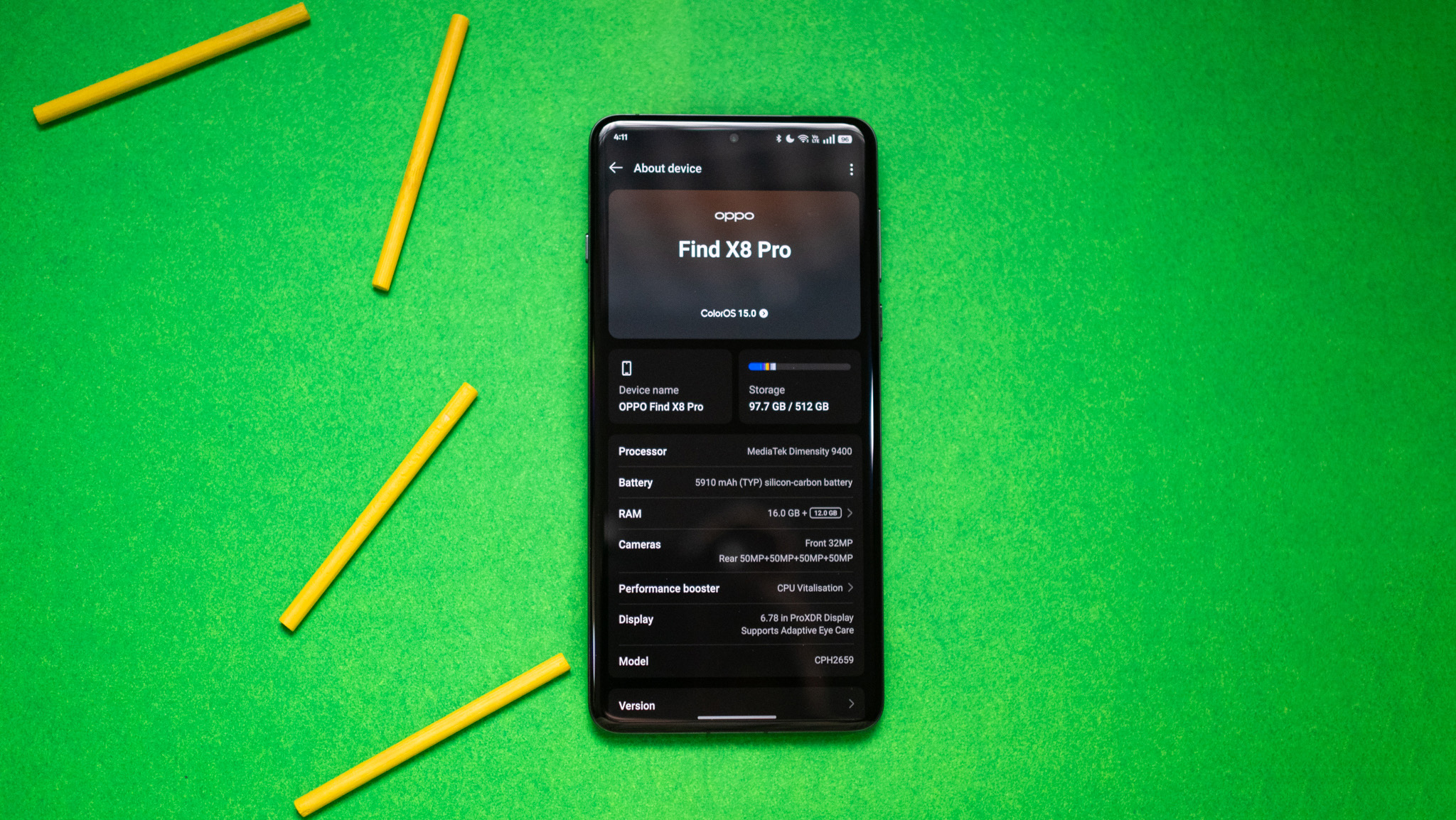
In an interesting move, OPPO decided to go with MediaTek's Dimensity 9400 on the Find X8 and X8 Pro in lieu of the usual Qualcomm hardware, and that's a big deal. There's definitely a lot to like with the Dimensity 9400, which once again sees MediaTek use an all big-core design, this time made up of the new Cortex X925, Cortex X4, and A720.
The Immortalis-G925 GPU is an exciting upgrade as well, and the Find X8 Pro is one of the fastest phones you can buy today. I didn't see any problems in daily use in the week I used the phone — there wasn't any errant lag or slowdown, and the phone did a fantastic job in demanding titles, delivering stable framerates.
| Category | OPPO Find X8 Pro | ASUS ROG Phone 9 Pro |
|---|---|---|
| PCMark Work 3.0 (Overall) | 16435 | 25733 |
| PCMark Work 3.0 (Web Browsing) | 19410 | 25064 |
| PCMark Work 3.0 (Video Editing) | 6834 | 9311 |
| PCMark Work 3.0 (Writing) | 14464 | 34828 |
| PCMark Work 3.0 (Photo Editing) | 31693 | 56377 |
| Geekbench 6 (single-core) | 2747 | 3137 |
| Geekbench 6 (multi-core) | 8404 | 9936 |
| Geekbench AI (Quantized Score) | 1946 | 5479 |
| 3DMark Wild Life Extreme (score) | 6176 | 5935 |
| 3DMark Wild Life Extreme (FPS) | 36.985 | 35.54 |
| 3DMark Solar Bay (score) | 9308 | 10038 |
| 3DMark Solar Bay (FPS) | 36.395 | 38.17 |
That said, the device has aggressive thermal management, and throttles early to avoid overheating. In 3DMark's demanding Steel Nomad Light stress test, it had a stability score of just 52%, which is on the lower side of things. Also, the Immortalis-G925 does a standout job with rasterization, but it doesn't quite measure up to the Adreno 830 in ray tracing workloads.
The upside is that I didn't see the phone cross 42 degrees Celsius, so there were no issues with usability even during extended gaming sessions. Outside of two instances where there was some jitter after 30 minutes of gaming, the phone held up pretty well in this regard.
Like previous years, the biggest limitation is that you can't play games at 120fps, with ColorOS enforcing a strict 60fps restriction. It is annoying when the Dimensity 9400 is clearly able to handle demanding titles with ease, but it looks like the brand is once again being conservative in this regard.
Switching to the device from the ROG Phone 9 Pro, what's evident is just how much ground MediaTek covered in the last year. While I still give the edge to Qualcomm, the Dimensity 9400 is just as good in daily use, and that's a sizeable achievement. It's no wonder, then, that both OPPO and Vivo chose to go with MediaTek this time around.
There are no issues in other areas. I got rock-solid 5G connectivity in Hyderabad, India, and a stable connection in my home network. Calls went through without any issues as well, but weirdly enough, the earpiece isn't as loud, so I had to turn up the volume.
The phone has the usual LDAC and LHDC codecs, but you also get Qualcomm's AptX and AptX HD, allowing you to use a wider range of earbuds and unlock better-quality streaming. The rest of the connectivity is in line with other high-end phones; you get Bluetooth 5.4, NFC, USB-C based on the USB 3.2 standard, and dual-band GPS.
OPPO Find X8 Pro: Battery life
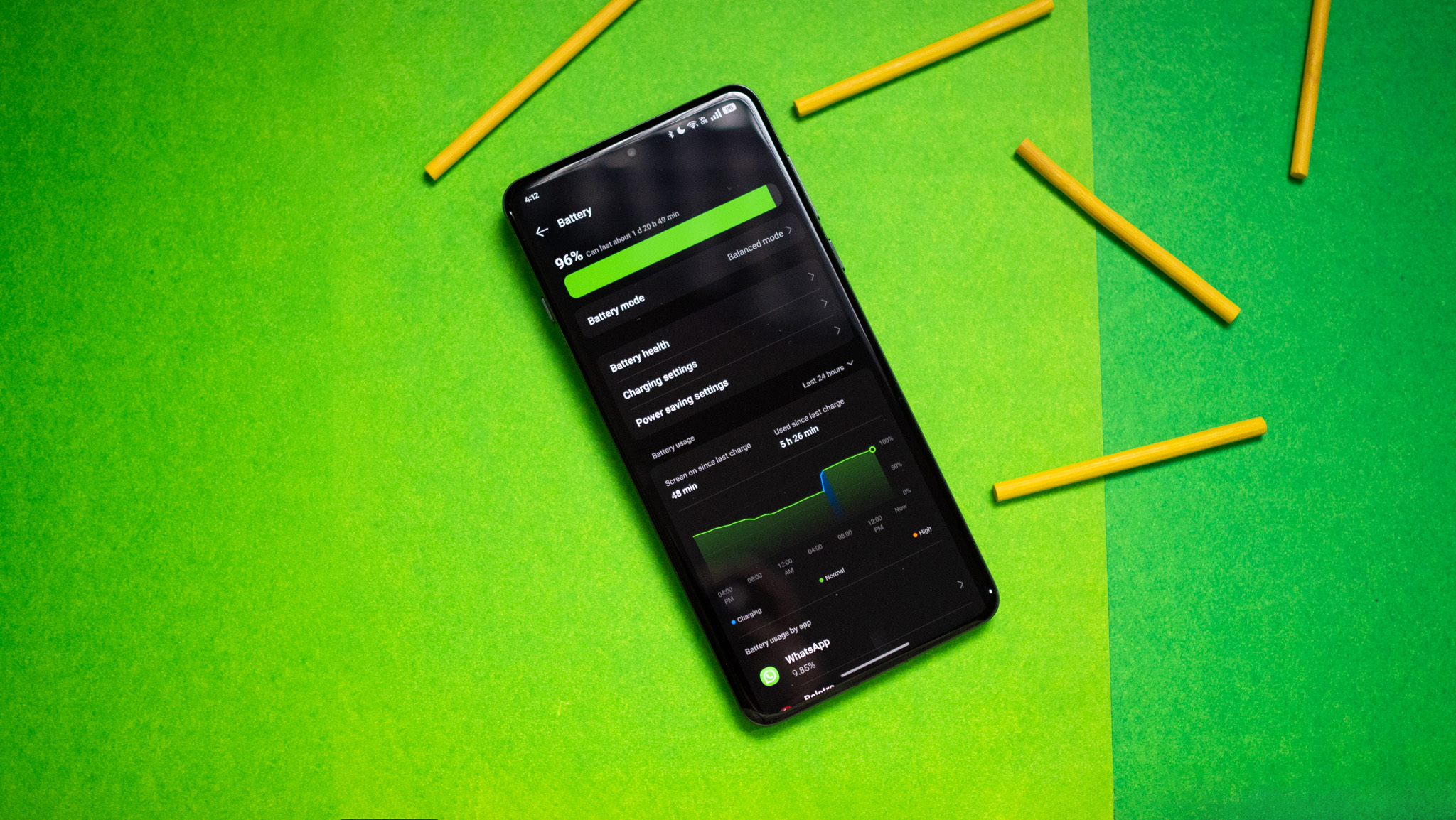
I got a day's worth of use out of the 5000mAh battery in the Find X7 Ultra, and the Find X8 Pro takes things to a whole new level. The phone has a huge 5910mAh battery, and it uses a new silicon-carbon tech to deliver better density — that's the main reason why the phone is thinner while still delivering a bigger battery.
I'm yet to use some of the other phones that use the same battery tech, but what's already evident is that 2025 phones deliver heady gains in this area. I got nearly two days of use between charges, and that's more than any other device I used yet. Even with heavy use, I got a day and a half before needing to plug in the device, and that's an achievement in and of itself.
While OPPO has 100W charging, the Find X8 Pro uses 80W as standard, and what's interesting is that it goes up to 50W over the USB PD standard, so you don't need to use the bundled power brick — you can use any USB PD charger and get up to 50W. This is a huge deal in my own usage, and while I like the efficiency of the 80W standard, the bundled charger is bulky, and the ability to use any GaN charger to get 50W makes things that much more convenient — you could only get 10W over PD in the past.
Anyway, charging the phone with the bundled 80W charger takes just over 50 minutes. It's considerably longer than the Find X7 Ultra and other devices I tested in the past, and that's because the phone now has a single cell instead of the dual batteries that have been standard in the last three years. While it's not quite as fast at getting to 100% as the OnePlus 12, it is still much better than other mainstream phones.
In addition to regular charging, you get 50W wireless charging, and there's a magnetic charging accessory that looks pretty cool. I didn't get a chance to test it yet, but it is considerably smaller than usual charging mats, and it's an unknown if it will be sold in all global markets.
You get the usual safeguards to ensure the battery lasts several years without any degradation. You can set a charge limit to 80% and use optimized charging, and the brand notes that the switch to a silicon anode should deliver greater longevity in general.
OPPO Find X8 Pro: Cameras
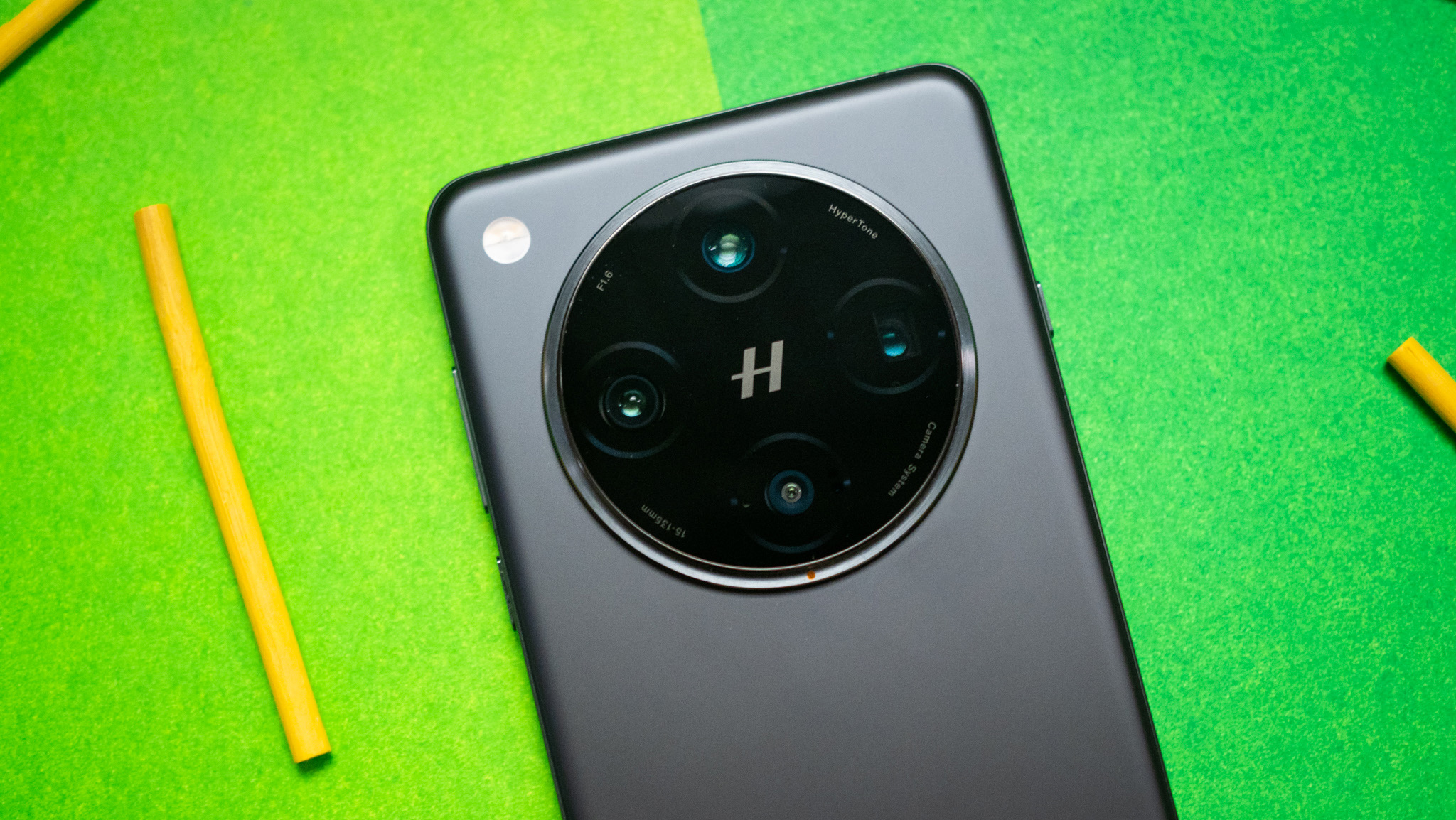
The biggest reason to pick up the Find X8 Pro is the cameras, and there's a lot to like in this area. The phone has a quartet of 50MP cameras at the back; there's a main 50MP 1/1.4-inch Sony Lytia LYT-808 module with OIS, 50MP ISOCELL JN5 wide-angle lens, 50MP 1/1.95-inch Sony LYT-600 with 3x optical zoom, and a secondary 50MP telephoto that uses the IMX858 and goes up to 6x optical zoom.
You get OIS modules on all the cameras other than the wide-angle lens, and the inclusion of two telephoto periscope lenses gives the Find X8 Pro a distinct advantage. There's a new imaging engine, and AI-assisted zoom beyond 10x that delivers usable shots.
Another notable change is the ability to take photos of fast-moving objects; this is something both the Pixel 9 Pro XL and Magic 6 Pro excel at, and the Find X8 Pro shoots up to six images a second, and it does a better job than its predecessor in this regard. In a similar vein, all four sensors at the back deliver the same color balance, and that's because all images go through the same processing stack.
To build on that, you can take up to 200 shots in burst mode, and all photos will have the same quality — that's another differentiator from last year. The phone uses on-device AI subject detection, and it does a decent job. Live Photo is great, and what's notable is that the video that's recorded uses the same quality as the image.
You get good upgrades on the video side of things as well, with the phone able to shoot 4K60 Dolby Vision footage from all four lenses at the back as well as the front shooter. There's the ability to shoot HDR video with the Ultra Steady stabilization enabled, and honestly, this is one of the best camera packages you get today.
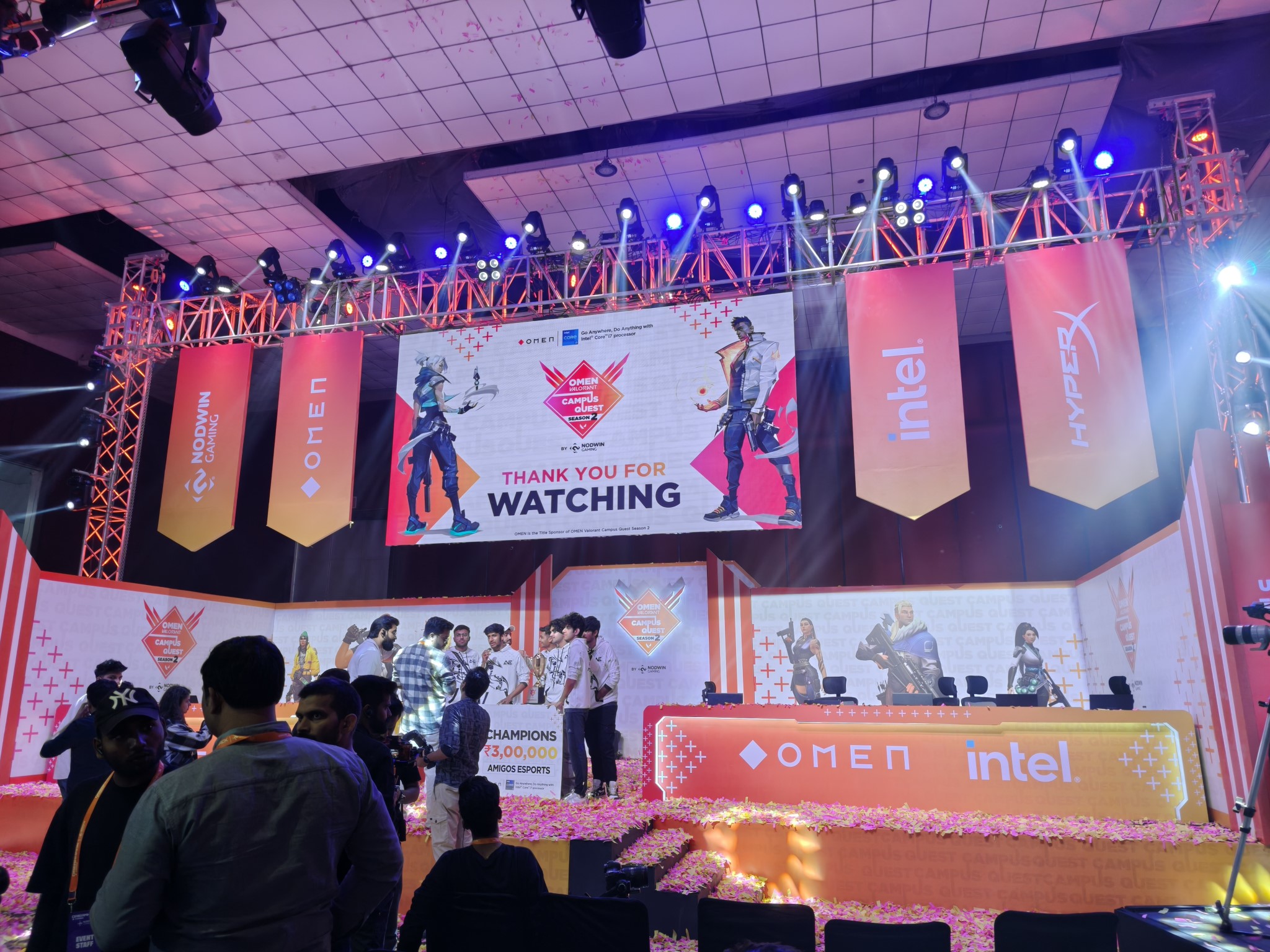



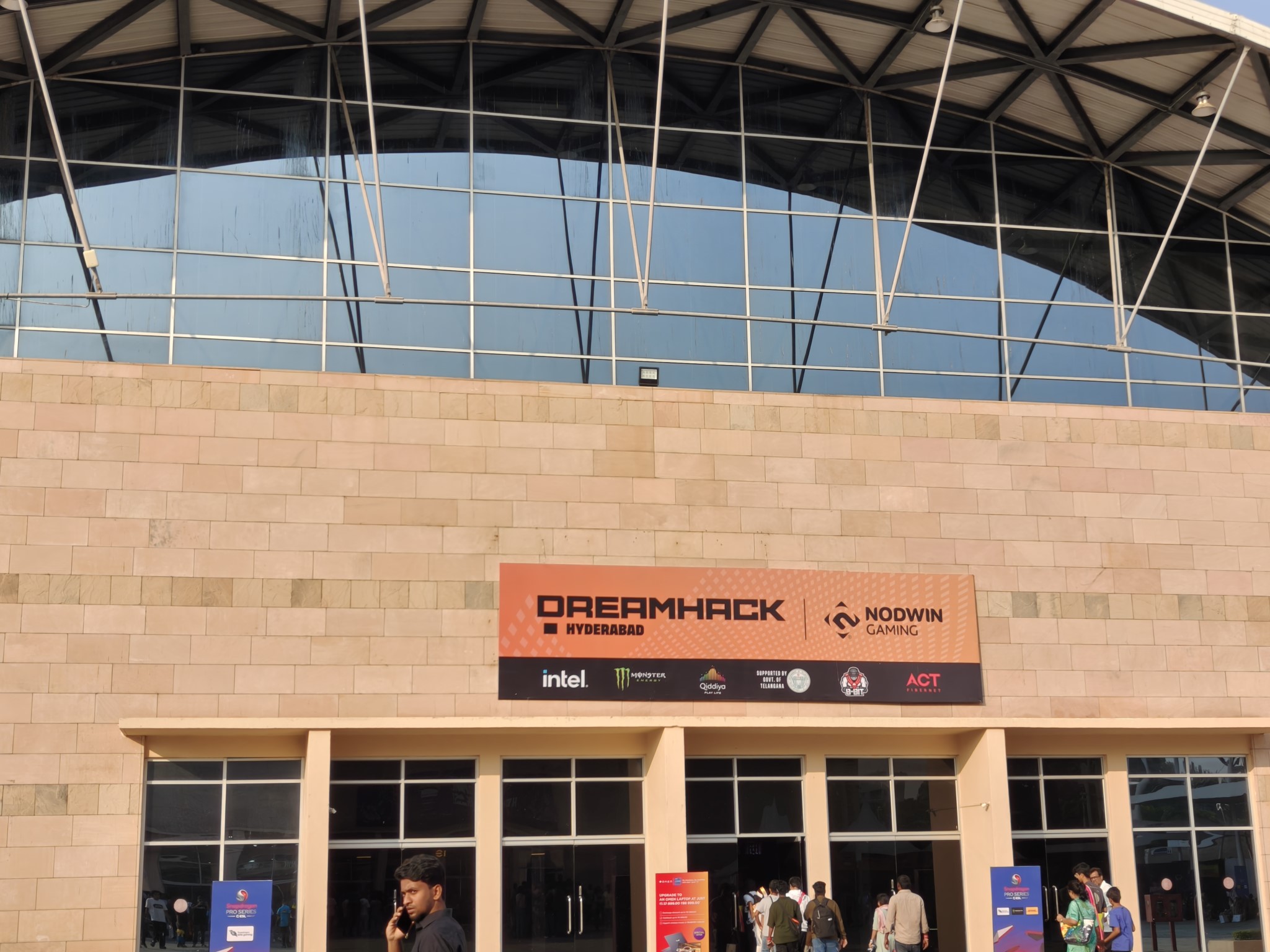
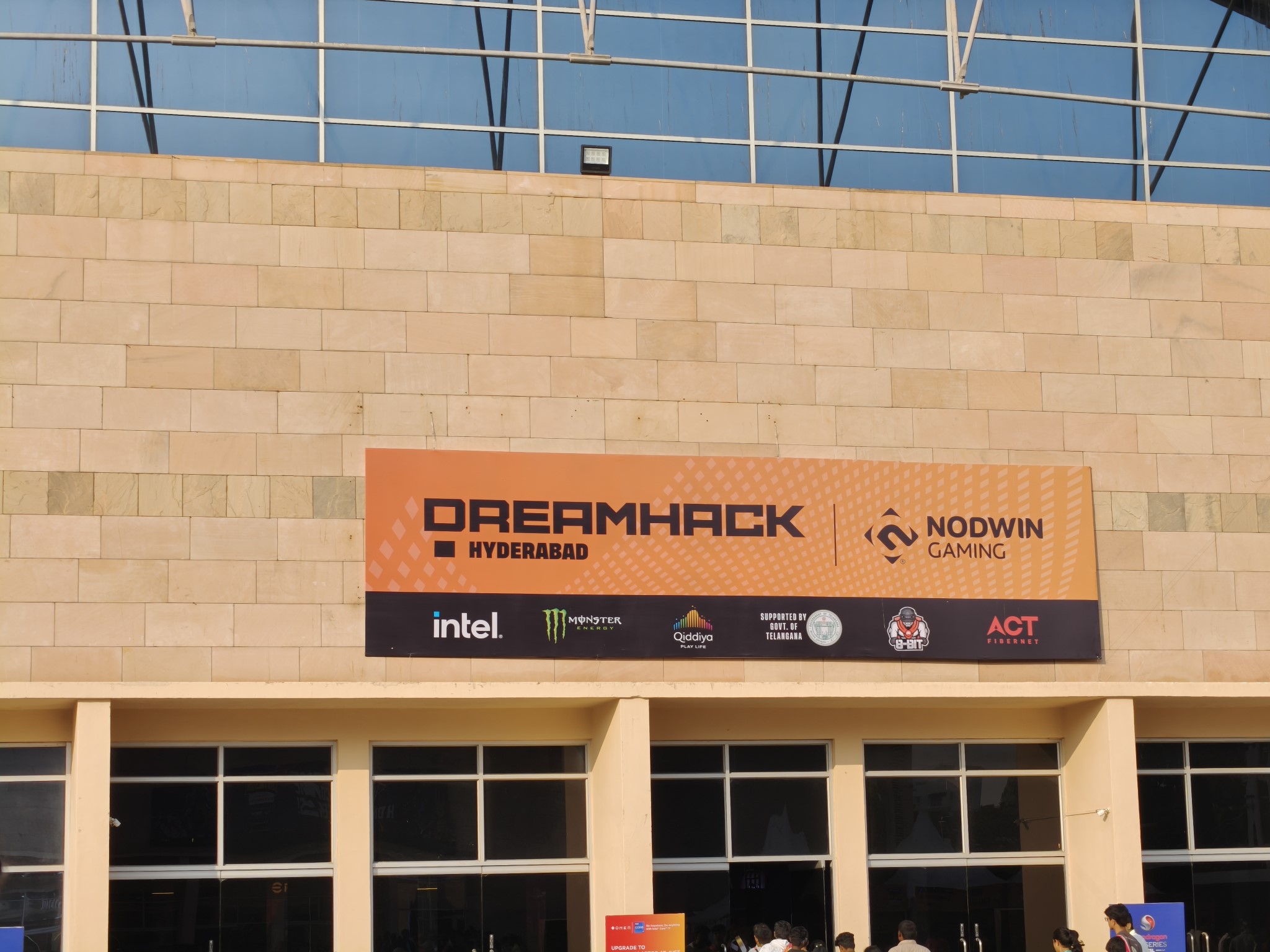
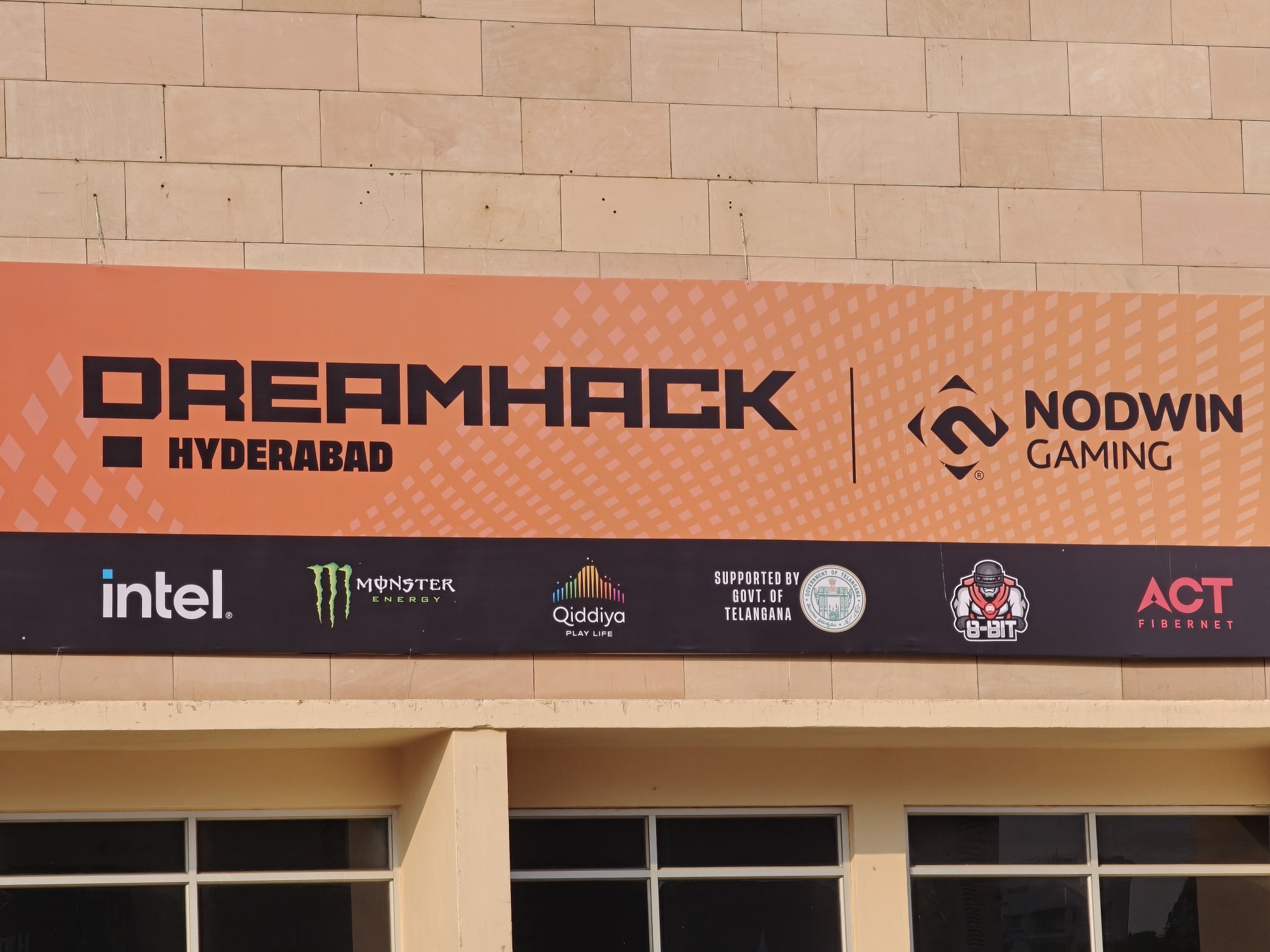
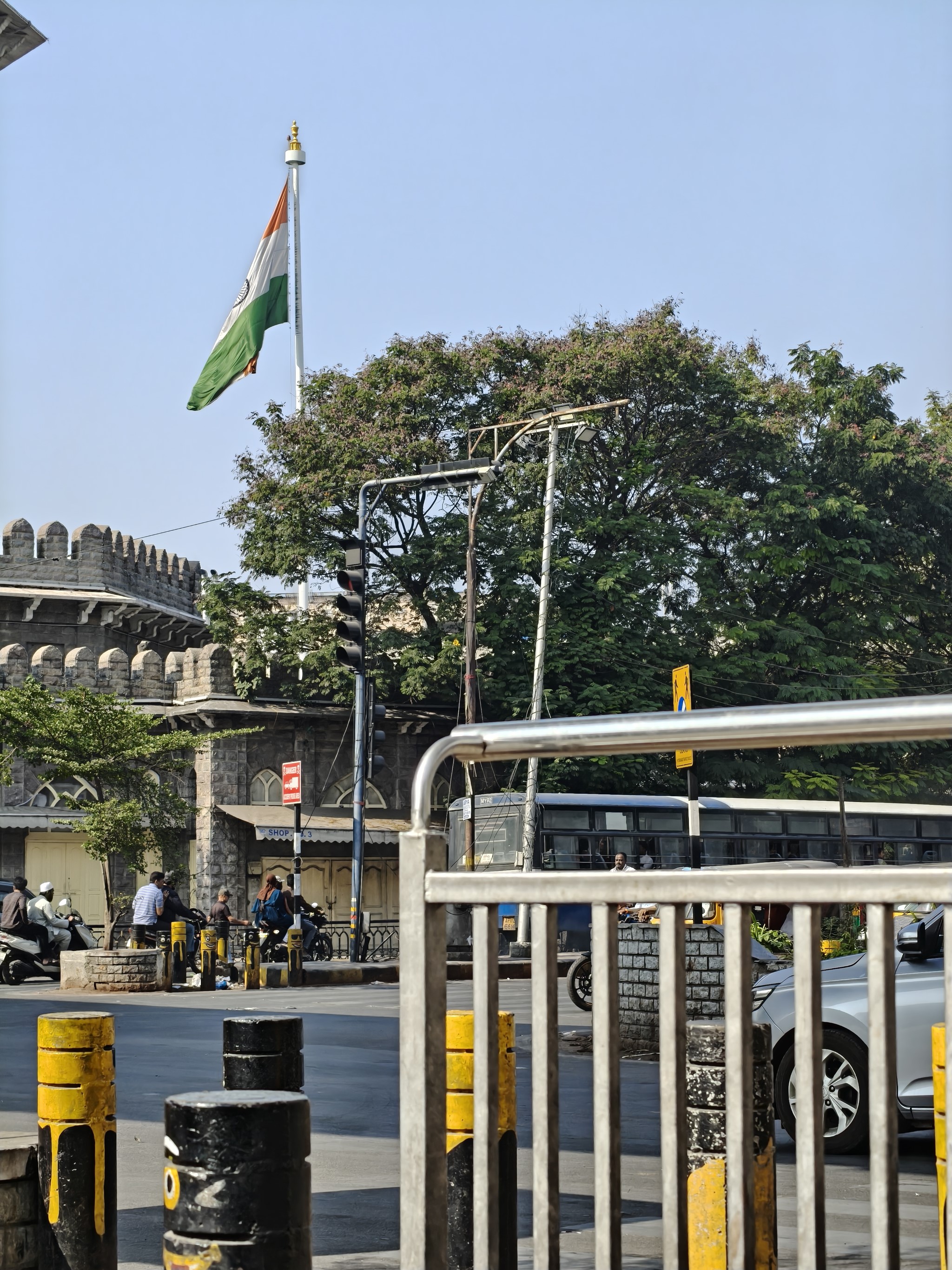
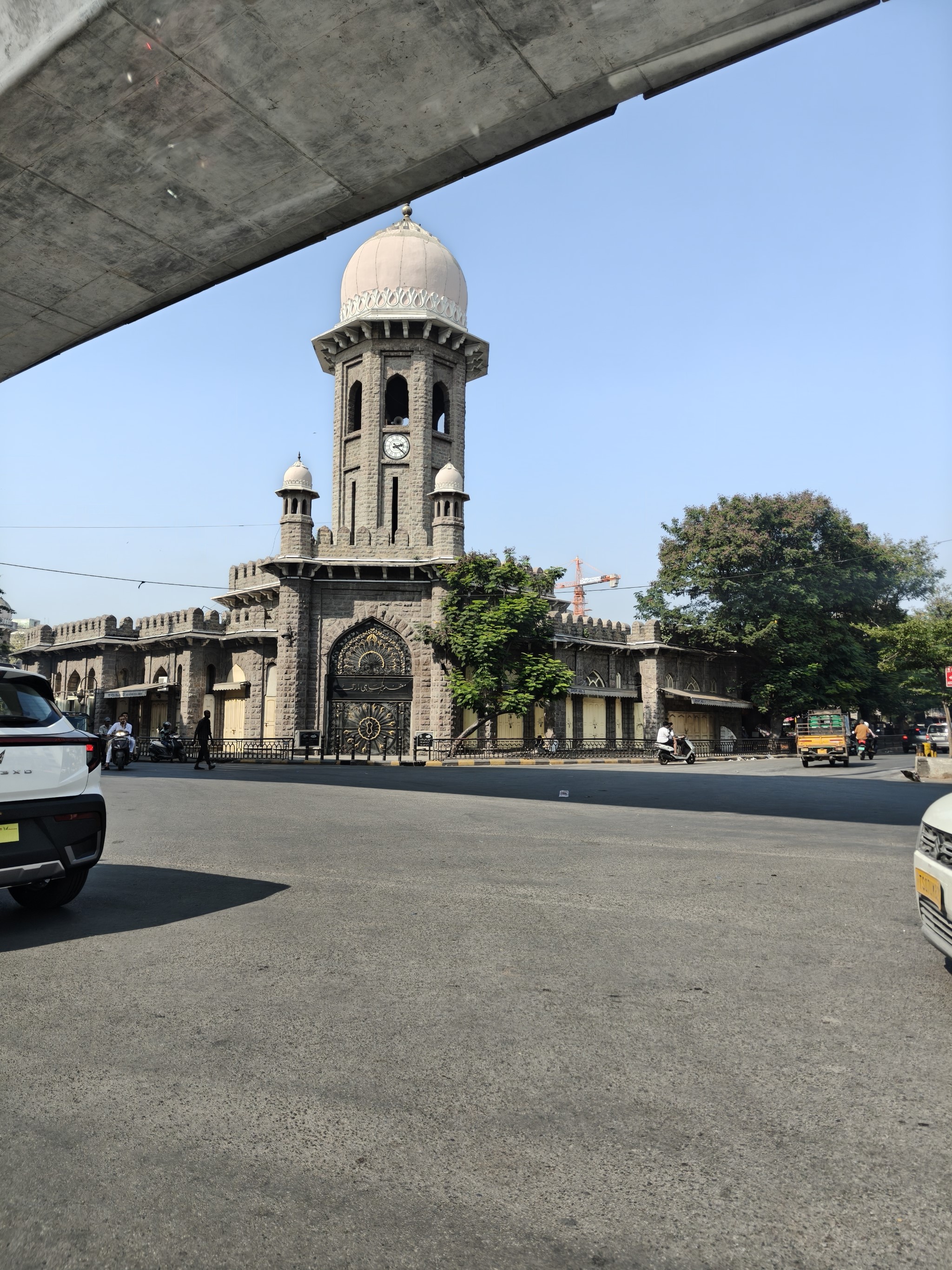
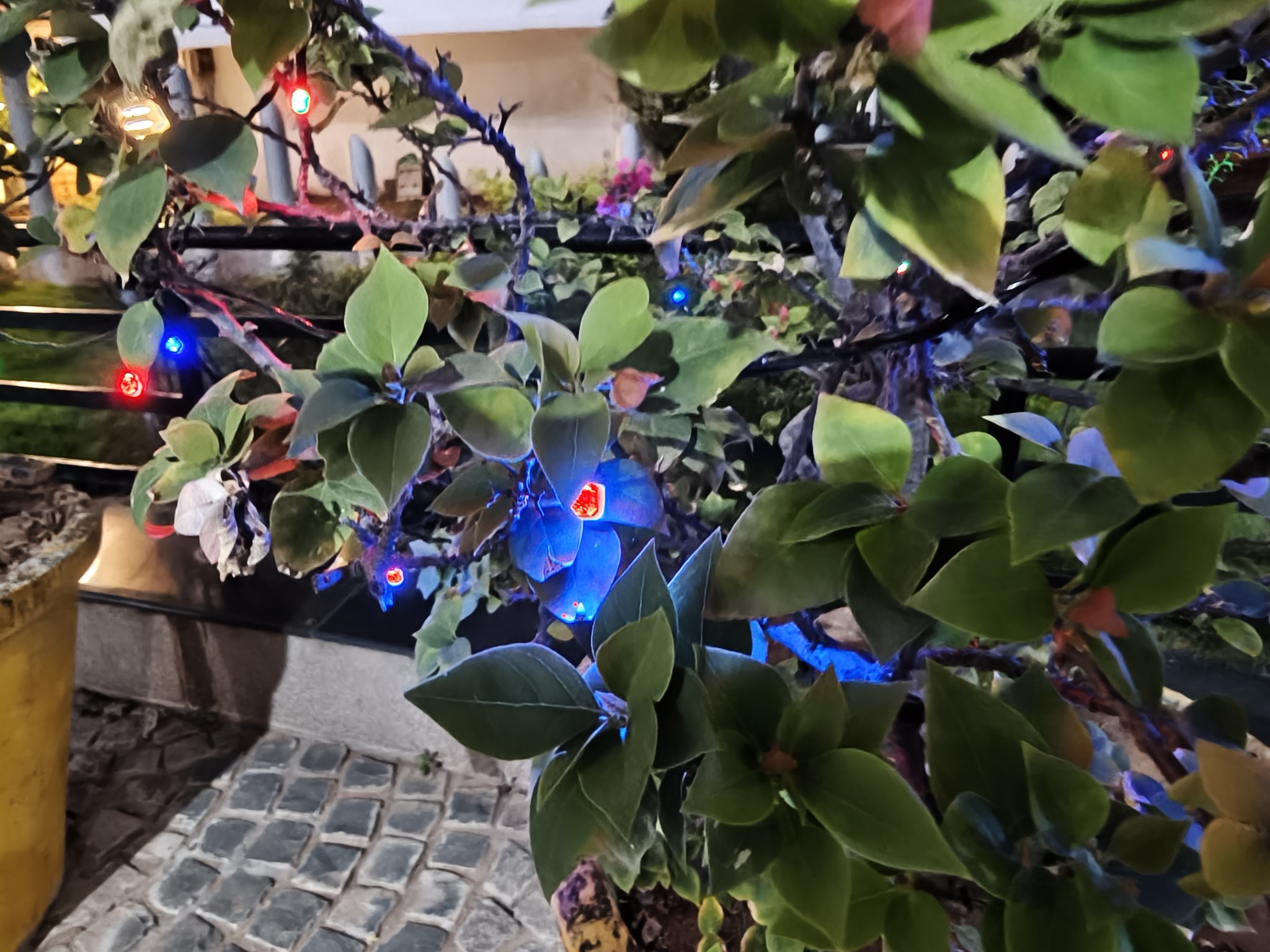
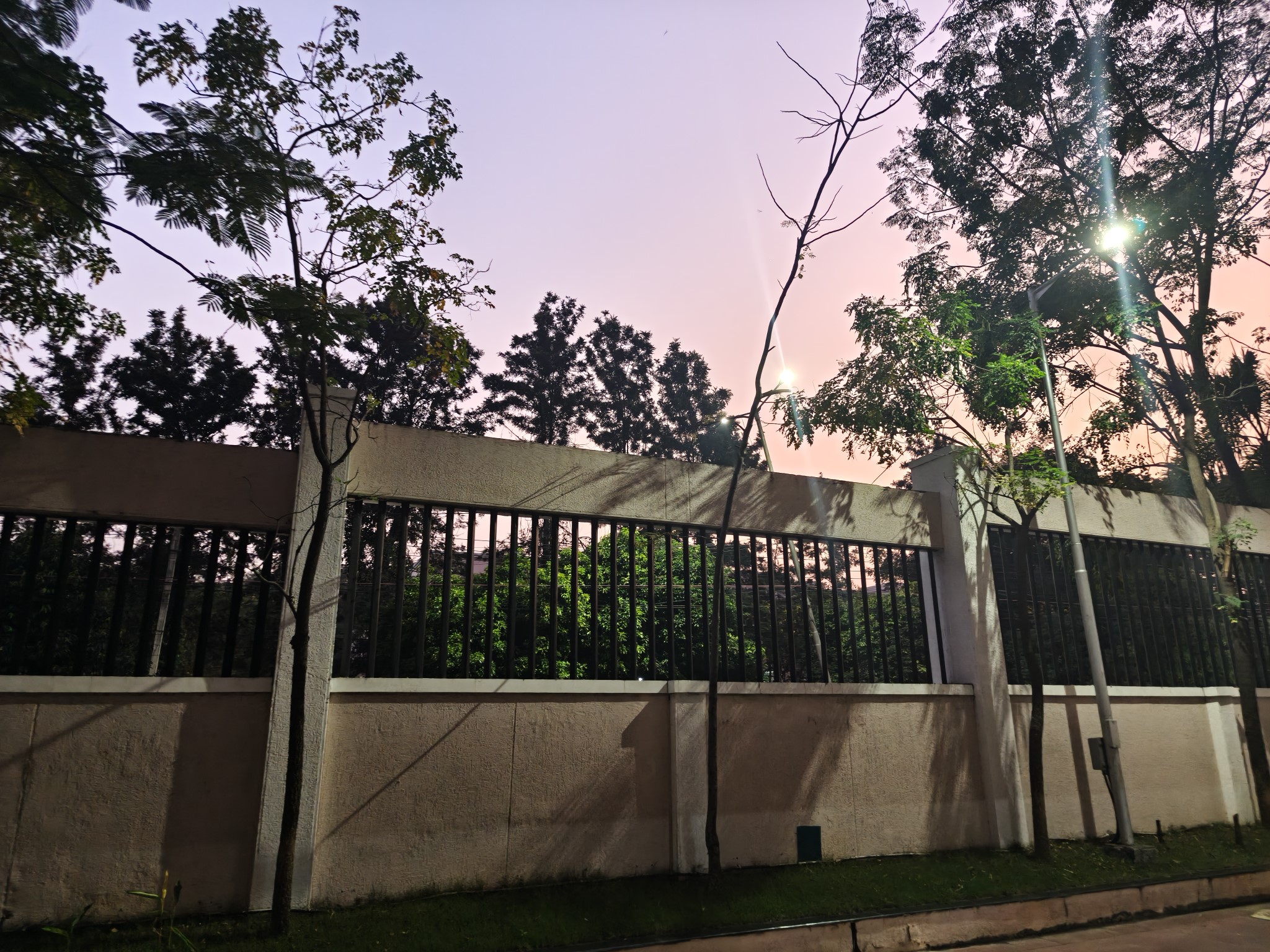
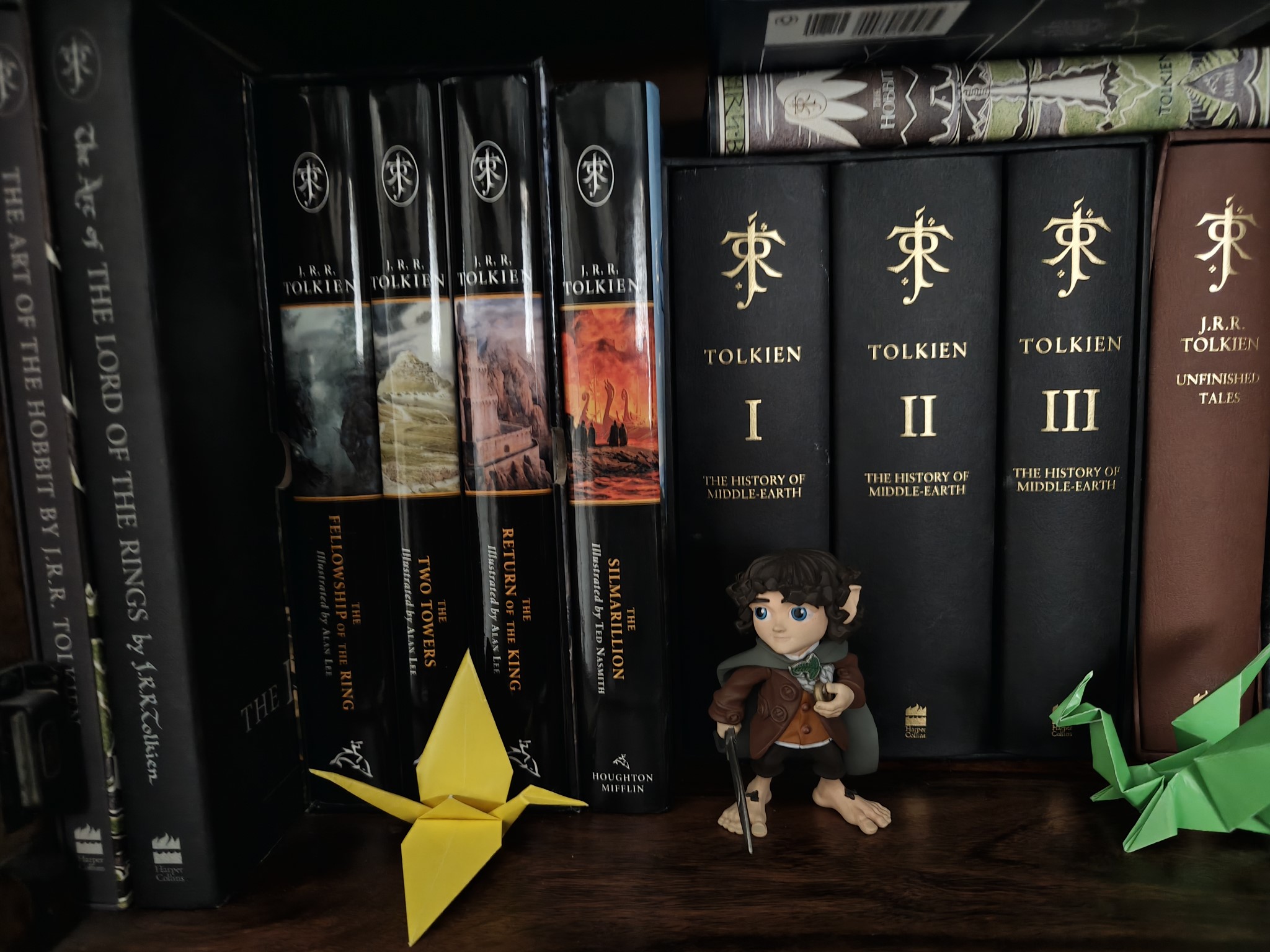
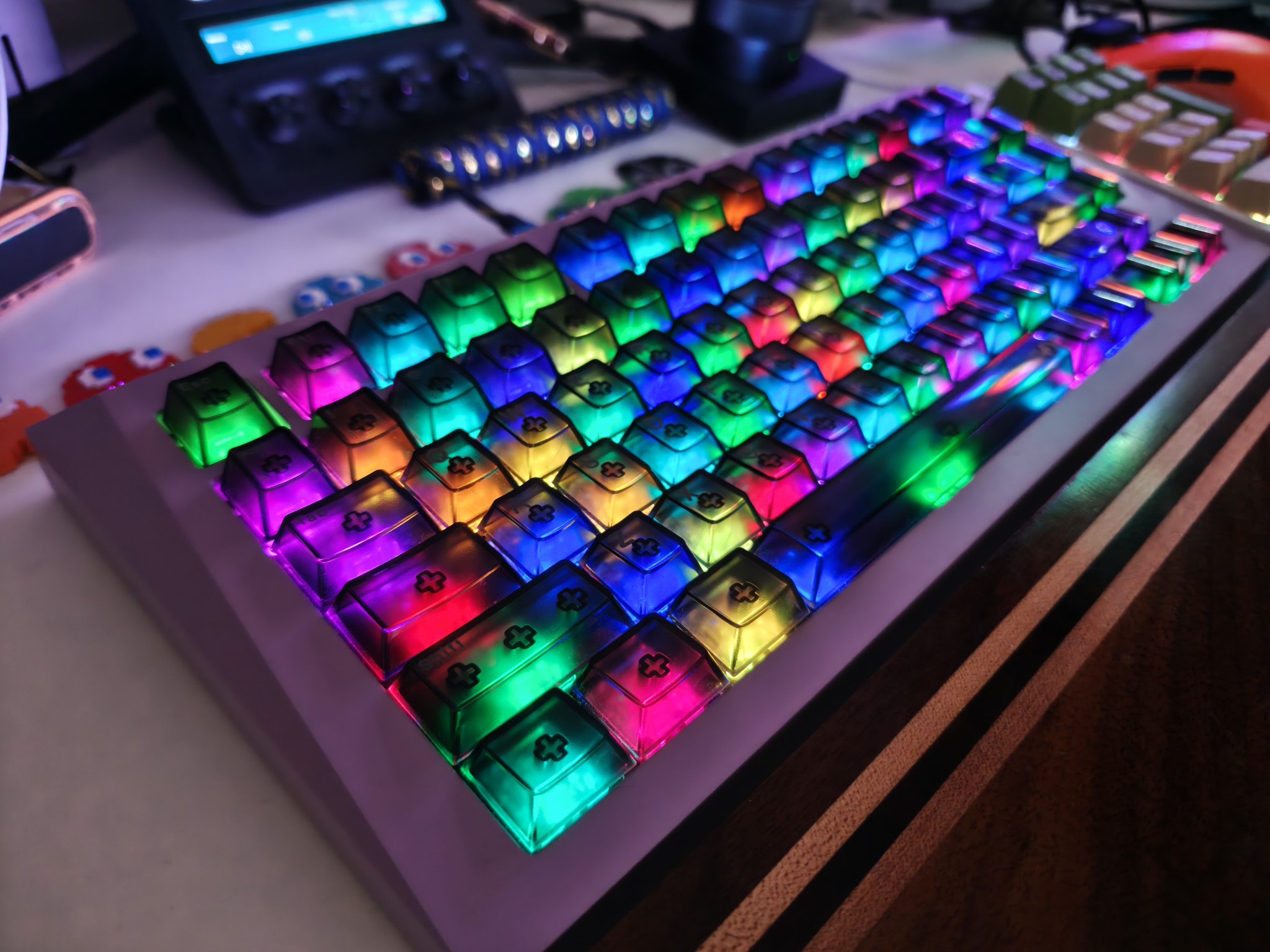
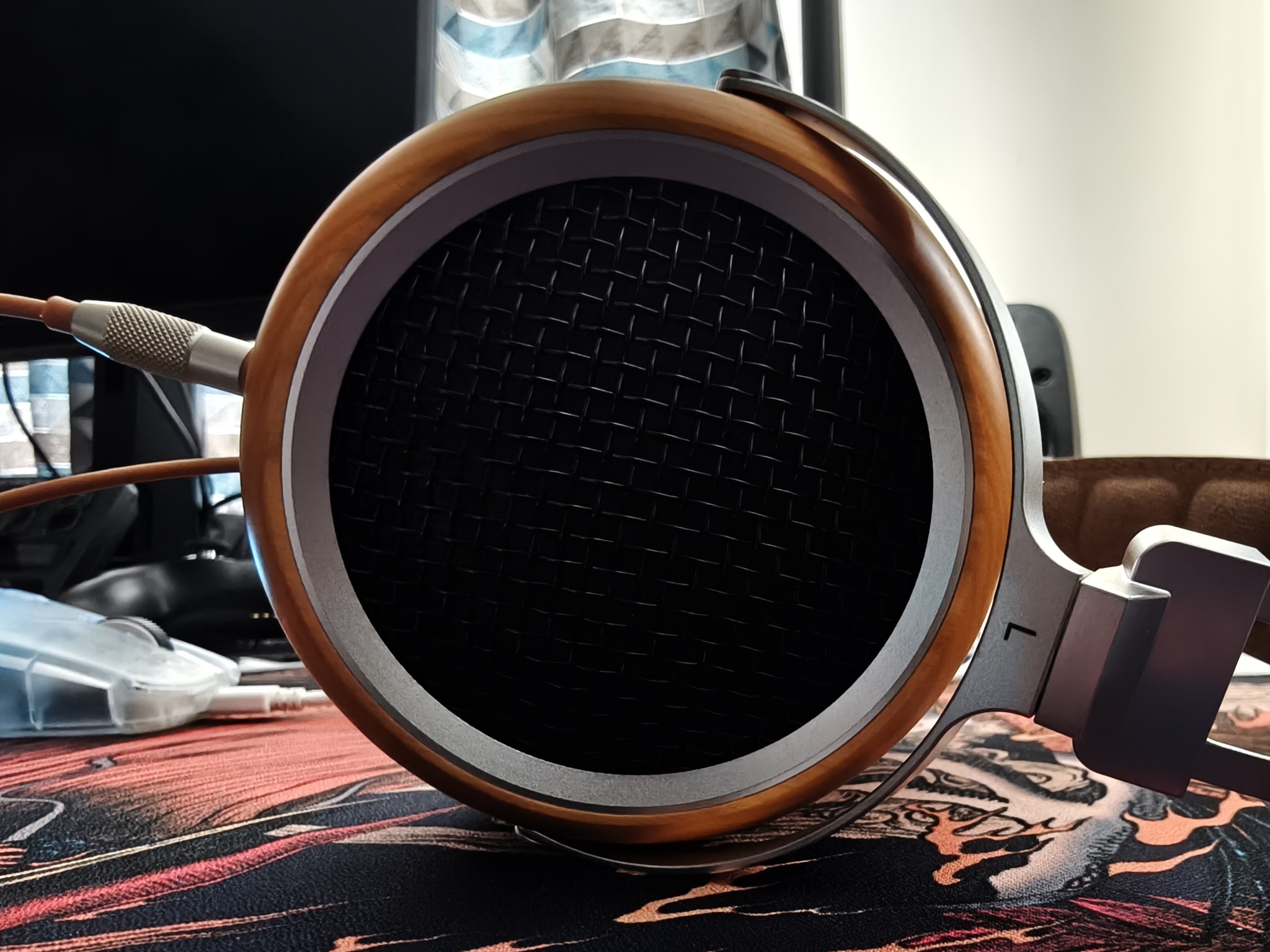
As you can imagine, the Find X8 Pro takes outstanding photos and videos in just about any situation. Daylight shots have excellent detail and dynamic range, and foliage is rendered accurately without much in the way of artifacts. The wide-angle lens also holds up just as well, producing shots of the same caliber.
The phone does a fantastic job in low-light situations as well, and I have no problems in this regard. You get good detail and color balance, and there's no visible noise. The biggest differentiator with the phone is its portrait shots; you can use the 3x and 6x lenses to shoot portraits with gorgeous bokeh, and while the latter may require you to stand back quite a long way, I found the 3x lens to be the ideal choice in this area.
The portrait shots have good segmentation and tonal balance, and similar to the Find X7 Ultra, I just used this mode most of the time. It does a decent job with inanimate objects as well, and that wasn't the case in previous years.
You also get a decent number of AI-assisted utilities, including AI Eraser, AI Clarity Enhance, and AI Unblur. These work as intended and I didn't have any issues, but the one I liked the most is AI Reflection Remover; the feature does a good job clearing reflections, and as someone who has taken hundreds of images taken at museums and galleries of objects behind glass cases, this was quite useful.
Overall, the Find X8 Pro is one of the best camera packages available today. The main camera doesn't quite come up to the standard set by the Find X7 Ultra, and that's understandable — there's clearly a Find X8 Ultra coming soon, and it makes sense that the 1-inch module is exclusive to that device. Other than that though, the Find X8 Pro does a fantastic job in all situations, and it easily outshines anything Google and Samsung have to offer.
OPPO Find X8 Pro: Software
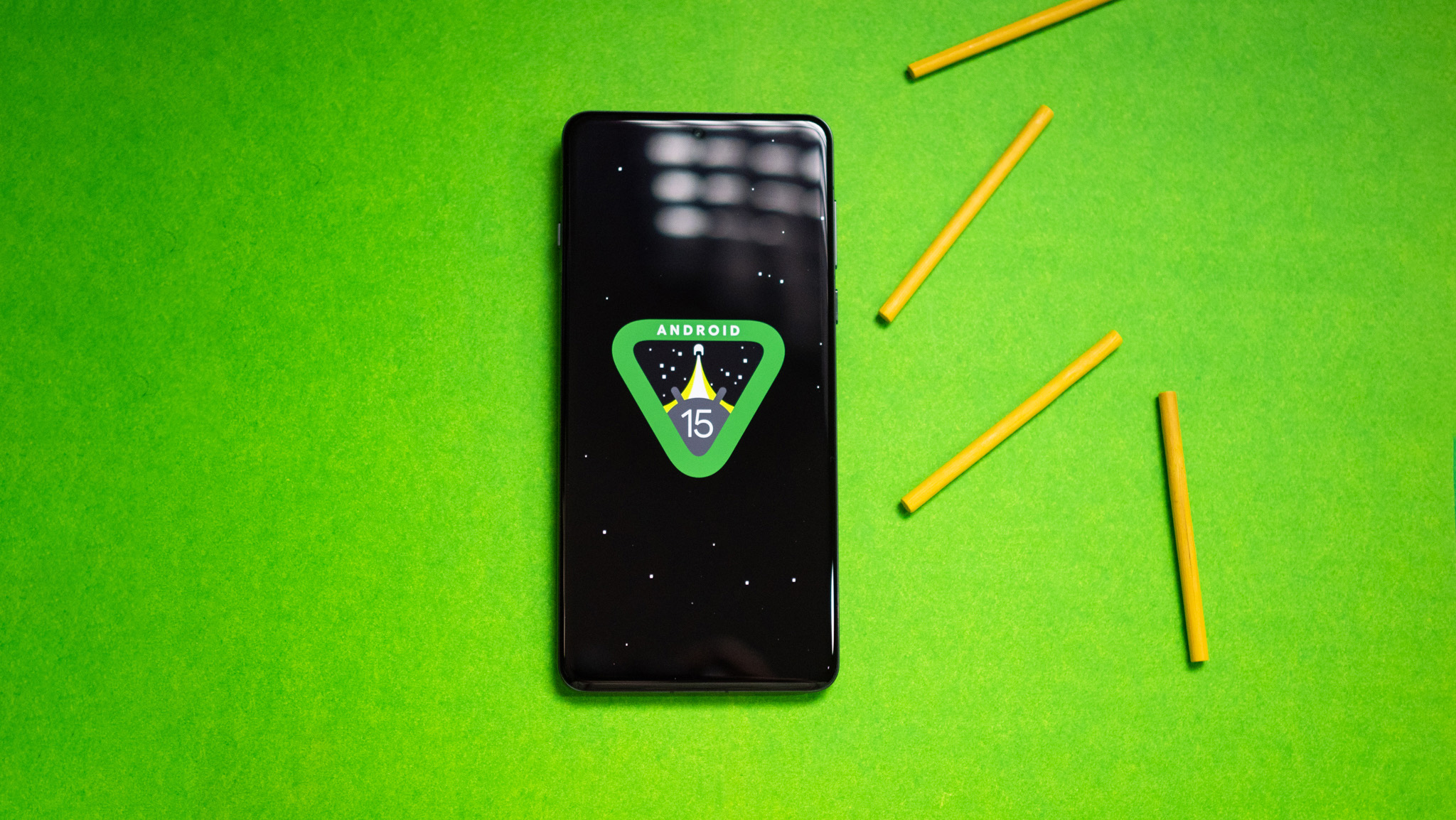
The Find X8 Pro runs ColorOS 15 based on Android 15 out of the box, and it looks quite different to ColorOS 14 — and not in a good way. The new design is clean and has a modern aesthetic, but it looks a little too much like iOS 18 to my liking. After four years of trying to ditch resemblances to iOS, ColorOS is back to leaning heavily into it, and it's irksome.
The interface is still fluid, but the styling is a bit heavy-handed, and that gets in the way even in daily use. Thankfully, you can still choose a unified notification shade with the toggles and notifications in the same pane, but it's clear that OPPO wants to go with a split option. Will this toggle still be available next year? I doubt it.
While the UI emulates iOS, the resemblance is only skin-deep, as some of the issues in previous versions are still present. DND continues to be flaky on the device. I like to leave DND enabled throughout the day as I don't want to get disturbed by constant notification messages, but I get a lot of deliveries, so I allow all calls to come through. That isn't possible on the Find X8 Pro (and any other ColorOS phone) because it clubs calls and messages into a single category. The only choice is to allow both calls and messages to override DND, and that defeats the idea of having the mode enabled.
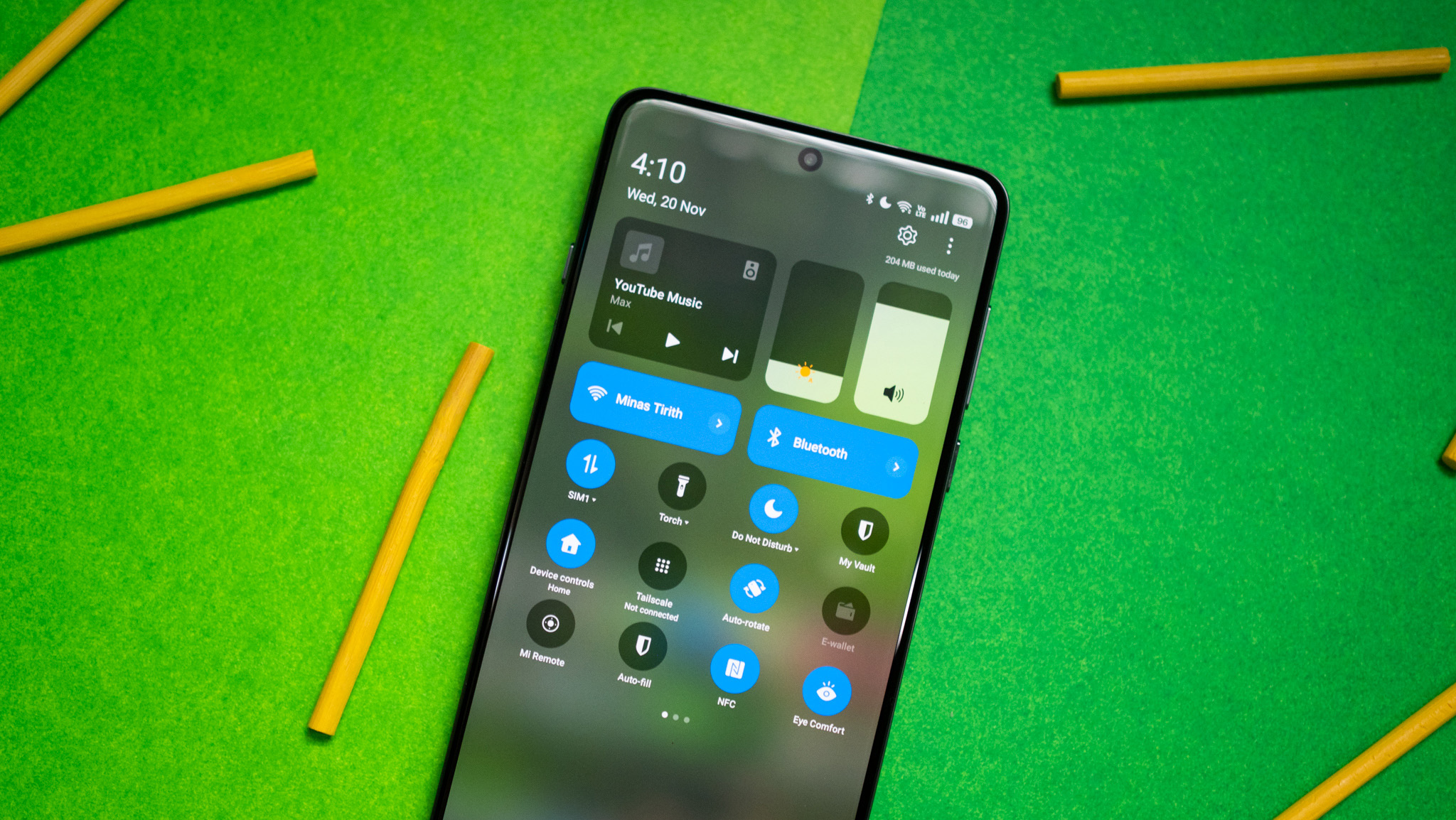
Talking about a source of constant frustration, push notifications continue to be inconsistent, and I missed several Gmail alerts in the time I tested the device. Some notifications come through, but it's the sporadic nature that's annoying; at least with MIUI, you don't get any notifications at all, so you know that going in.
Another quirk with the software is that when you launch an app from the app drawer and eventually exit, you stay in the app drawer instead of going to the home screen. It takes an additional gesture to go back to the home screen, and that's just annoying. The one new feature I like is Share with iPhone. There's a sharing option that allows you to transfer content to an iPhone — provided the iOS app is installed — and it works seamlessly.
Of course, AI is now a big talking point with all Android skins, and ColorOS 15 is no different. You get AI-backed features to assist you to write messages and mails, summarize documents, transcribe audio notes, and there's Circle to Search as well. I don't have much need of AI, so I didn't use these features beyond the usual testing, but if you want software with at least a modicum of useful AI-assisted tools, you're covered with ColorOS 15.
When it comes to software updates, the Find X8 Pro will get five years of Android OS updates and six years of security updates. That's a sizeable increase from last year, and while Google and Samsung deliver seven years of updates, I don't have a problem with OPPO's update guarantee.
OPPO Find X8 Pro: The competition
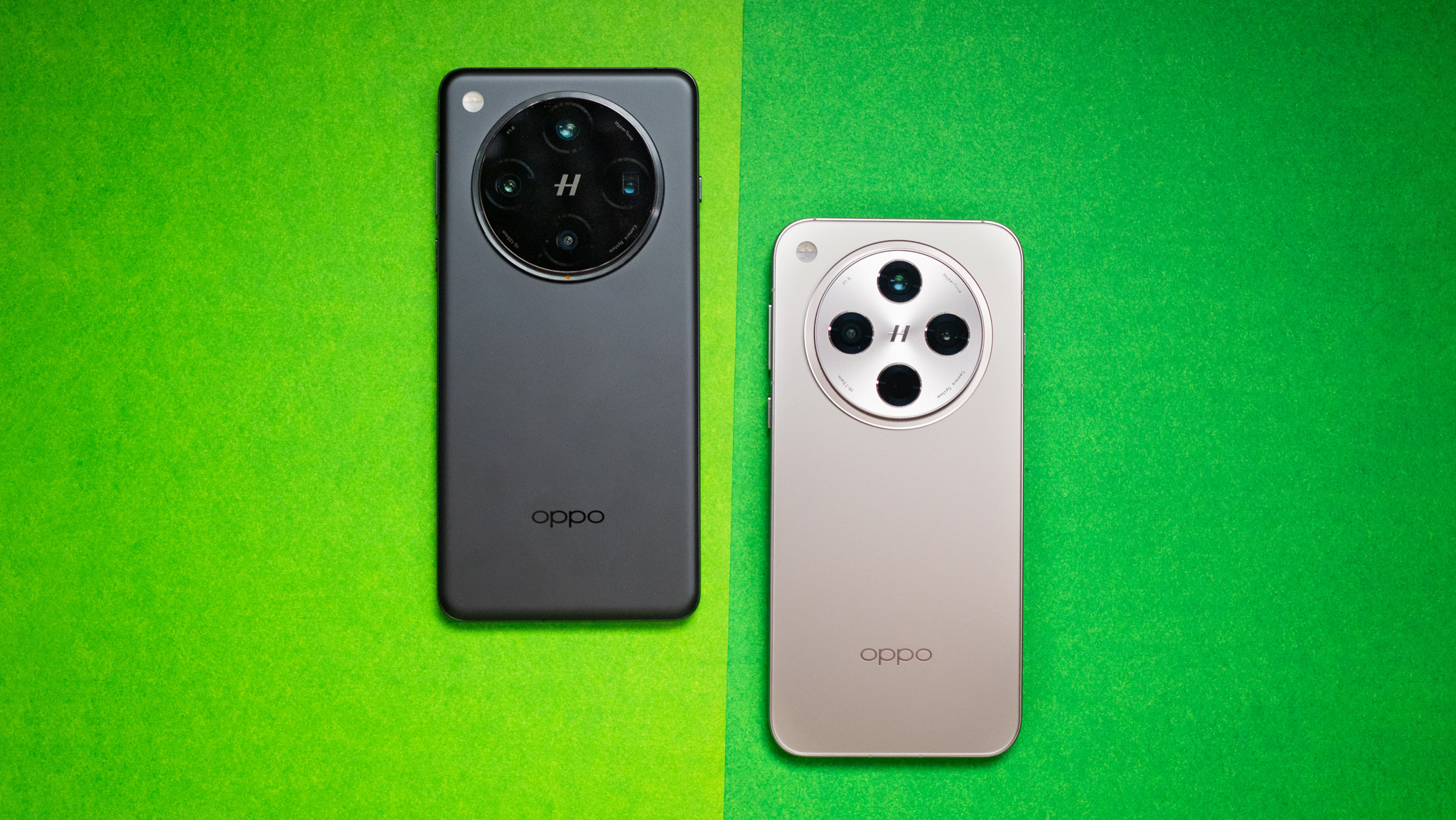
The Find X8 Pro is launching globally ahead of its rivals, but Vivo's X200 Pro isn't far behind. That phone is also powered by the MediaTek Dimensity 9400, and it has the same AMOLED panel and main 50MP camera at the back. You get an even bigger battery, and I like Vivo's camera tuning a little better, so it should deliver better photos. The international launch is still a little while away, but the X200 Pro is the closest rival to the Find X8 Pro, and it's great to see both phones available globally.
The regular Find X8 is a good choice as well if you don't need a second zoom lens. As I said at the start, it is basically the same device as the OnePlus 13, and the only difference is the badge at the back.
OPPO Find X8 Pro: Should you buy it?
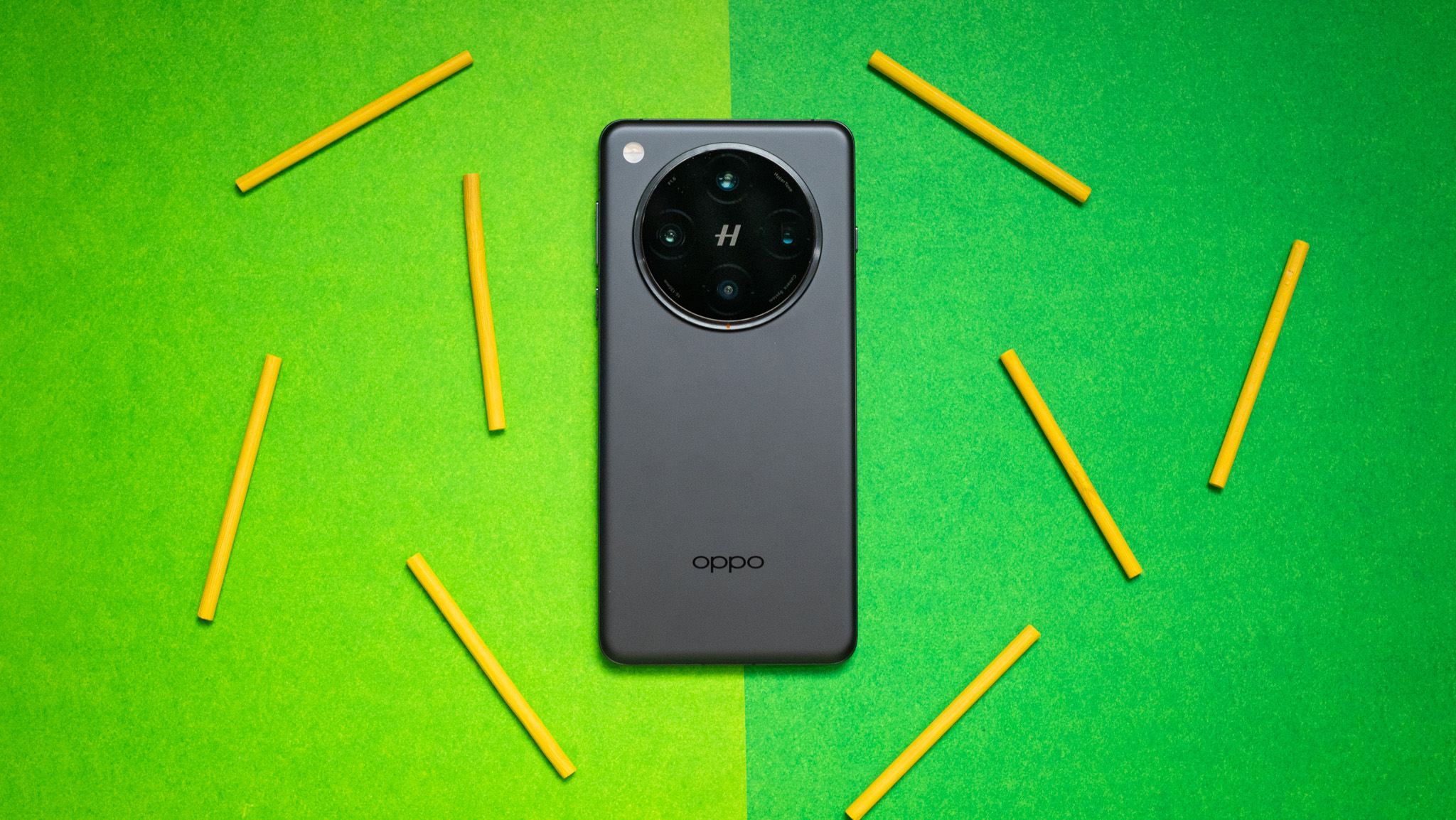
You should buy this if:
- You need a phone that takes stunning photos
- You want the one of the best portrait cameras available today
- You need a powerful hardware package
- You want a phone that lasts two days between charges
You shouldn't buy this if:
- You need 120fps gaming
- You want frustration-free software
While it doesn't have the absolute best cameras, the Find X8 Pro is still a frontrunner in this area, and it handily beats the Pixel 9 Pro XL, iPhone 16 Pro Max, and Galaxy S24 Ultra without too much trouble. The main camera takes stunning photos and videos, but it's the portrait shots where the phone truly comes into its own. The dual zoom lenses make a big difference in this area, and with the phone now available globally, the tech is finally becoming accessible to a wider audience outside China.
I don't like the new design, and I feel that OPPO shouldn't have moved away from its distinctive aesthetic. That said, the phone is thinner and lighter than its predecessor while slotting in a massive battery, and that is a sizeable achievement. There are absolutely no issues with the hardware, and the phone should be just as fast as the Qualcomm-powered alternatives debuting in the coming weeks.
The only point of contention is the software. Similar to the hardware design, OPPO decided to take a different tack with ColorOS 15, and the interface now looks like a poor imitation of iOS 18, which wasn't the case in the preceding three years. It still has a good amount of customizability and is fluid in regular use, but it has annoyances with DND and notifications, and the design feels backward.
If you can overlook the software, the Find X8 Pro is a fabulous phone. OPPO did all the right things with the hardware, display, battery, and cameras, and it is a terrific alternative to the Galaxy S24 Ultra and Pixel 9 Pro XL.

Harish Jonnalagadda is Android Central's Senior Editor overseeing mobile coverage. In his current role, he leads the site's coverage of Chinese phone brands, networking products, and AV gear. He has been testing phones for over a decade, and has extensive experience in mobile hardware and the global semiconductor industry. Contact him on Twitter at @chunkynerd.
You must confirm your public display name before commenting
Please logout and then login again, you will then be prompted to enter your display name.
